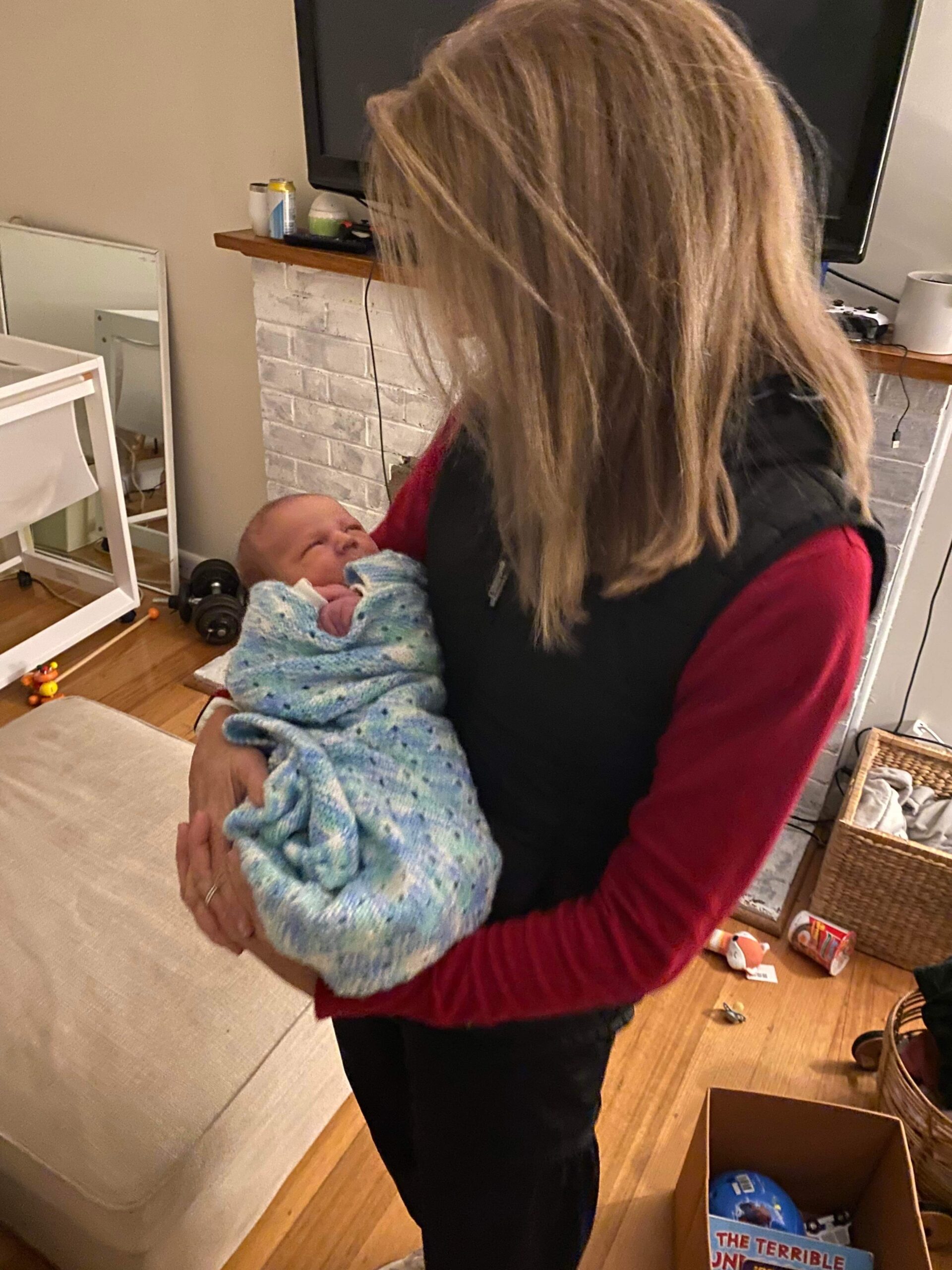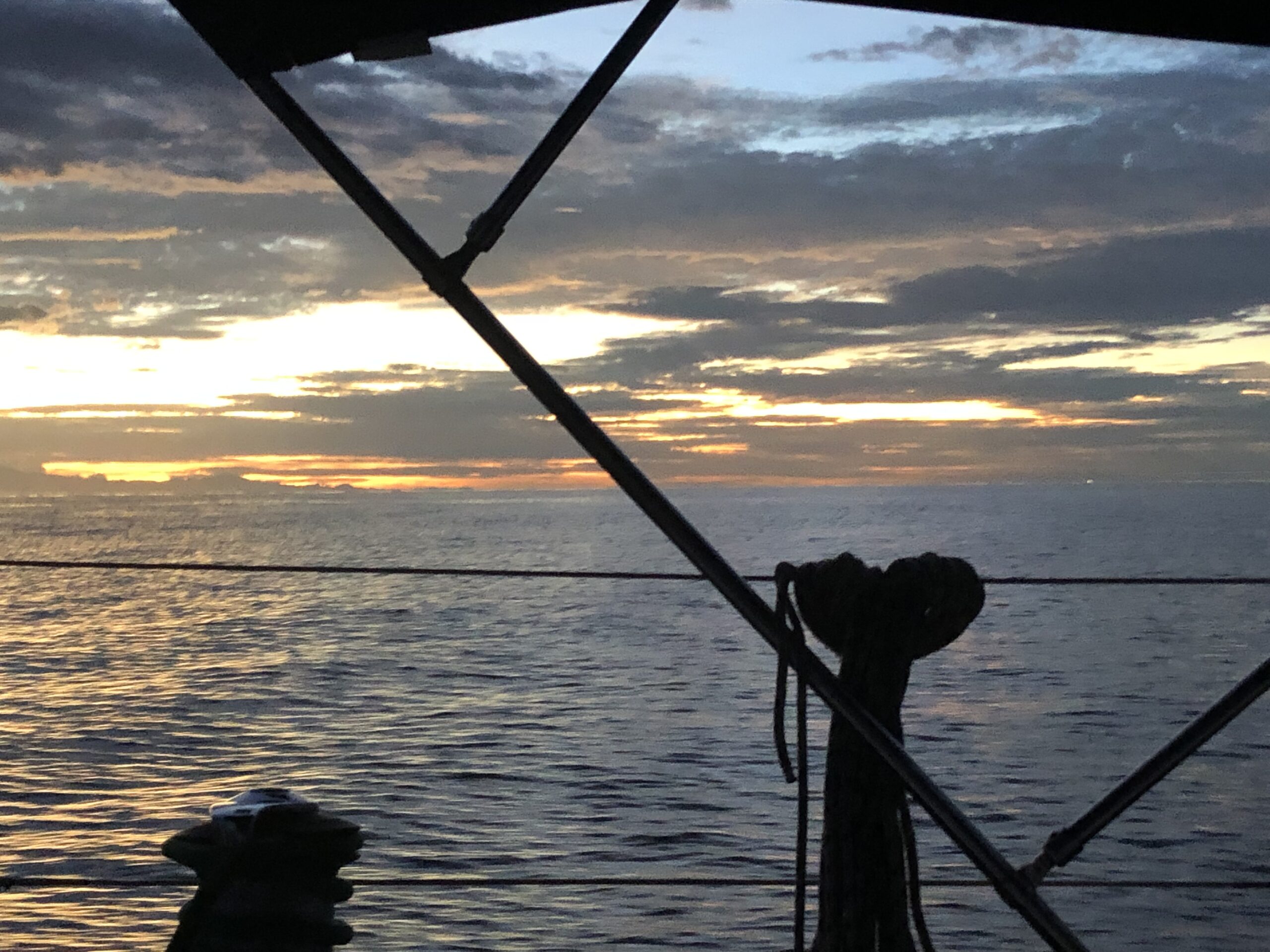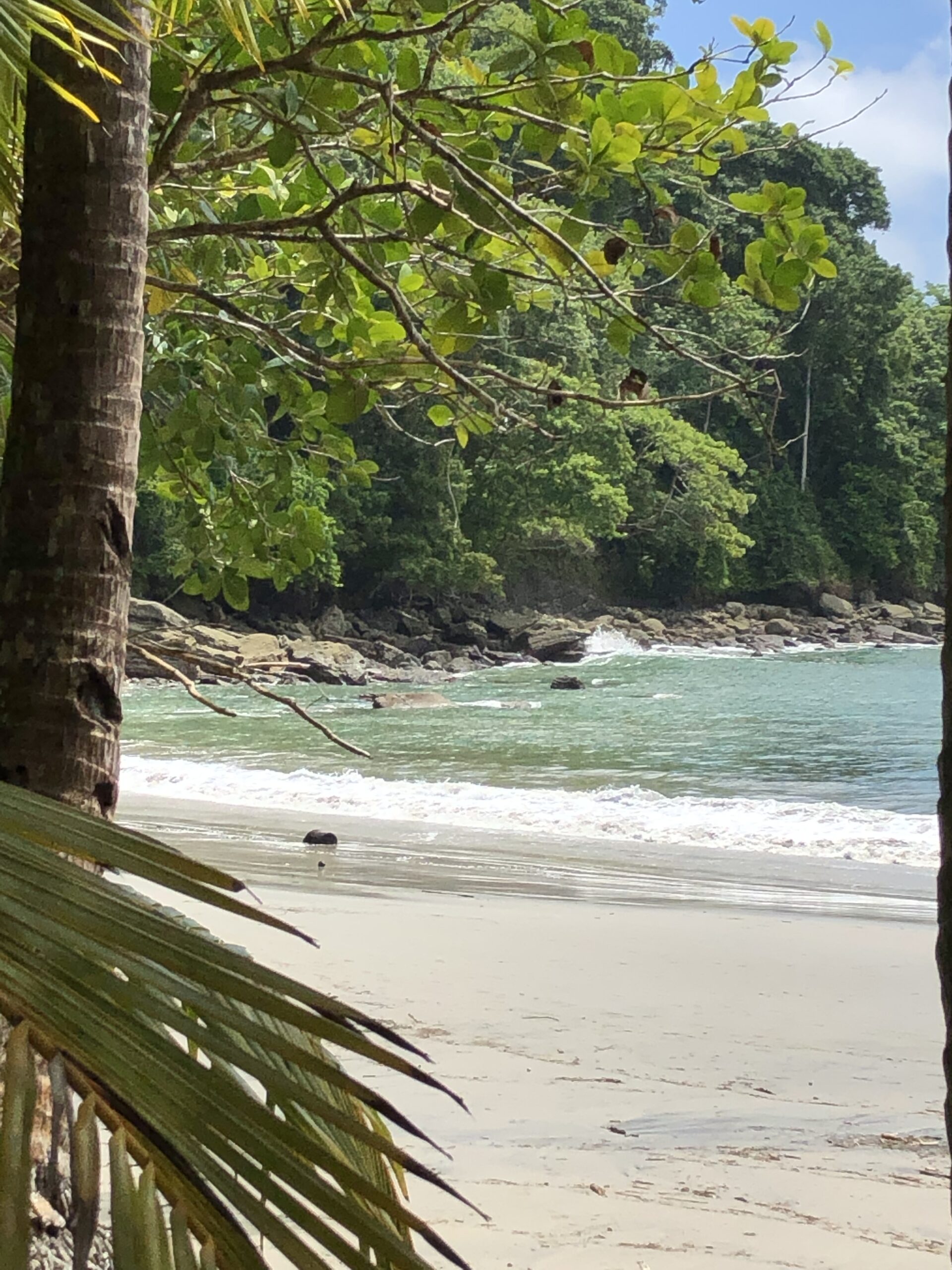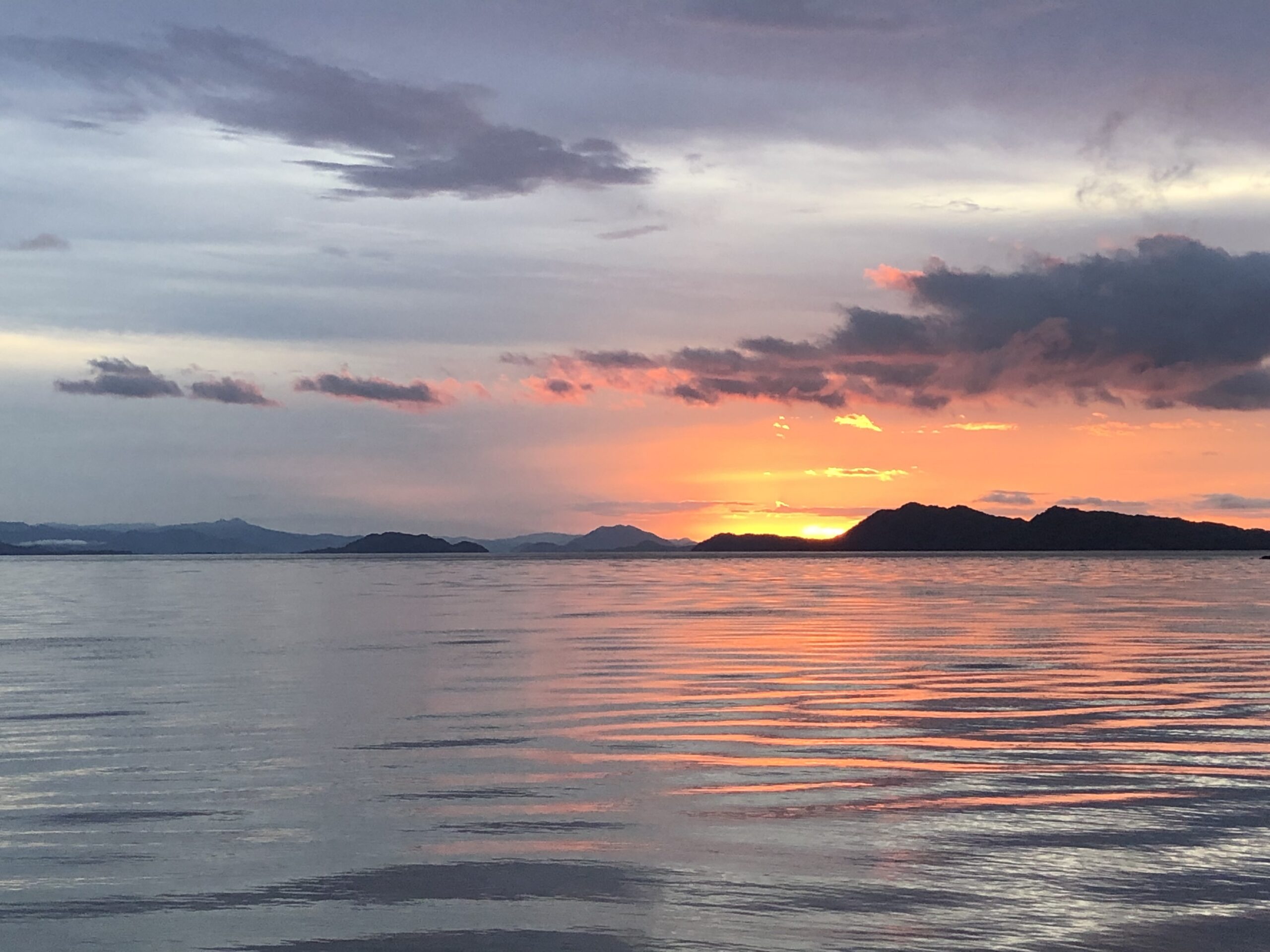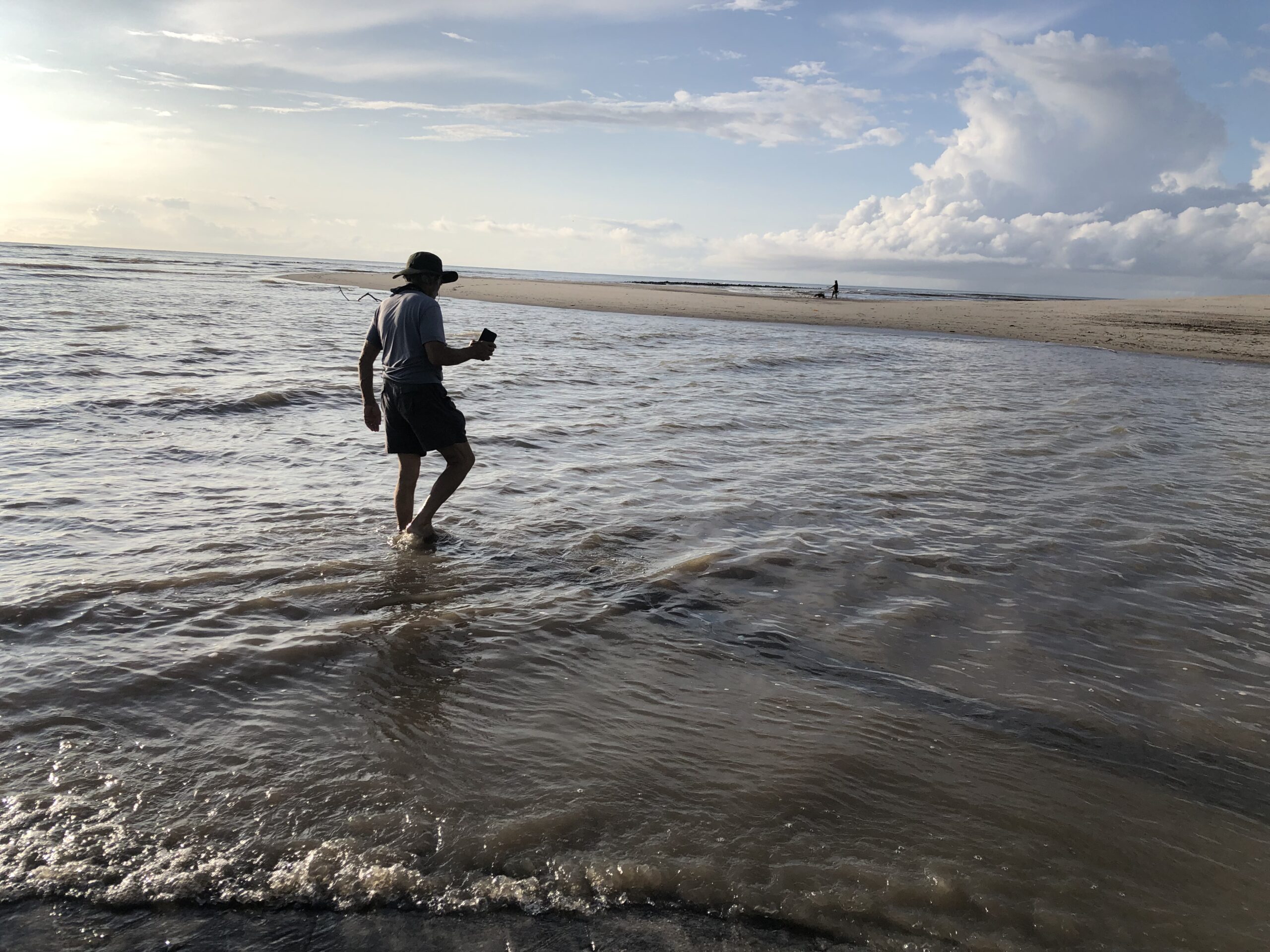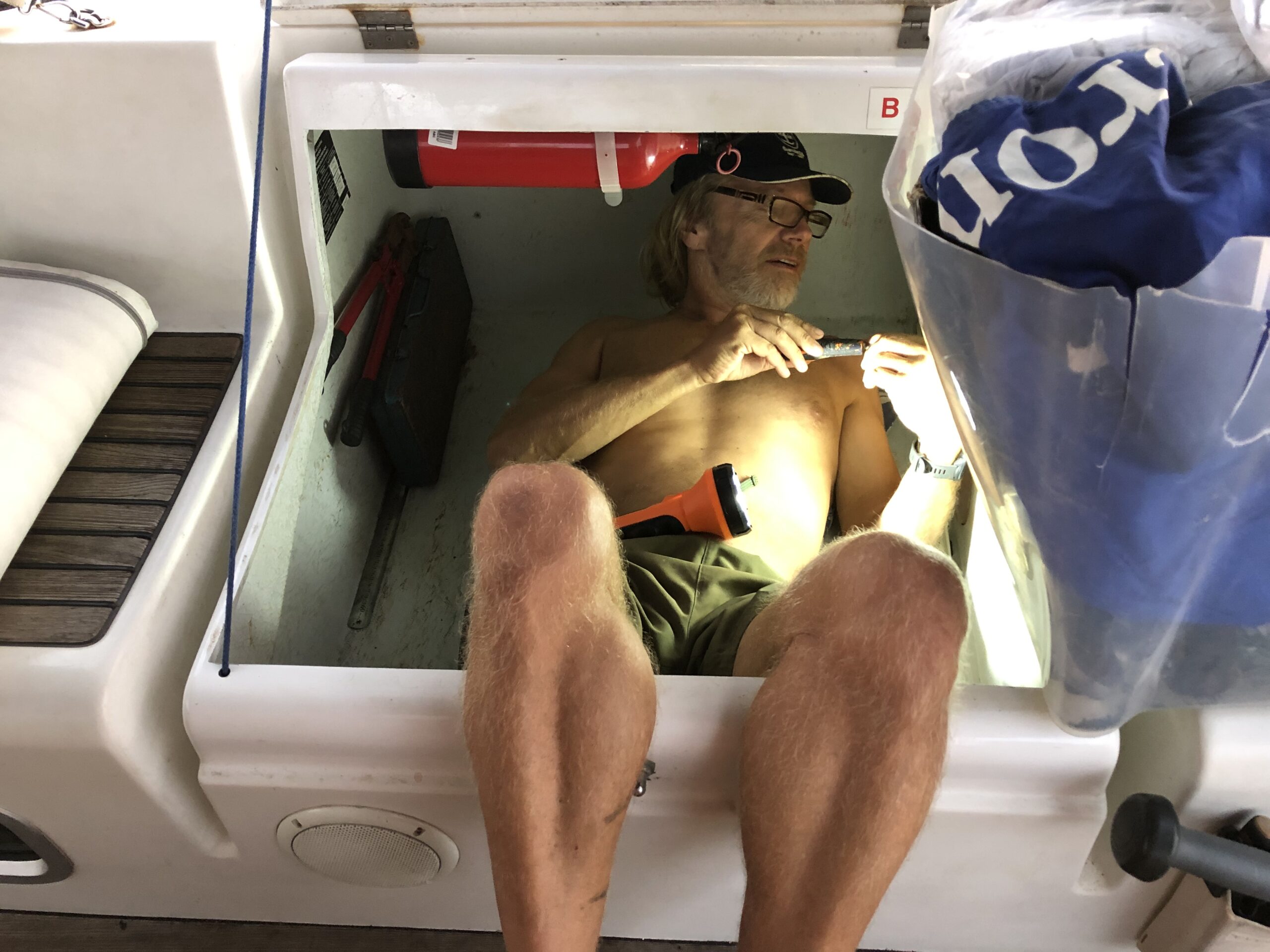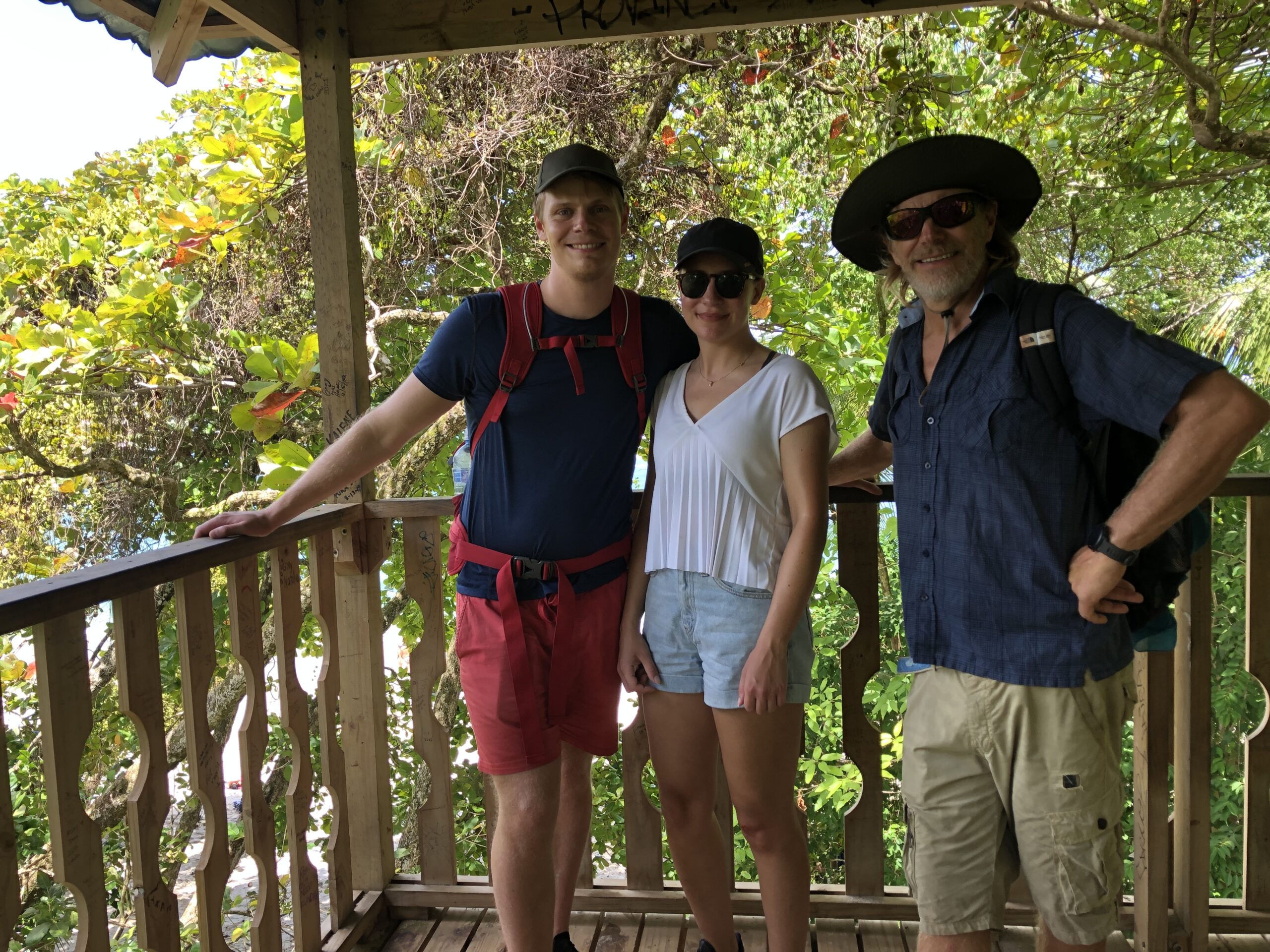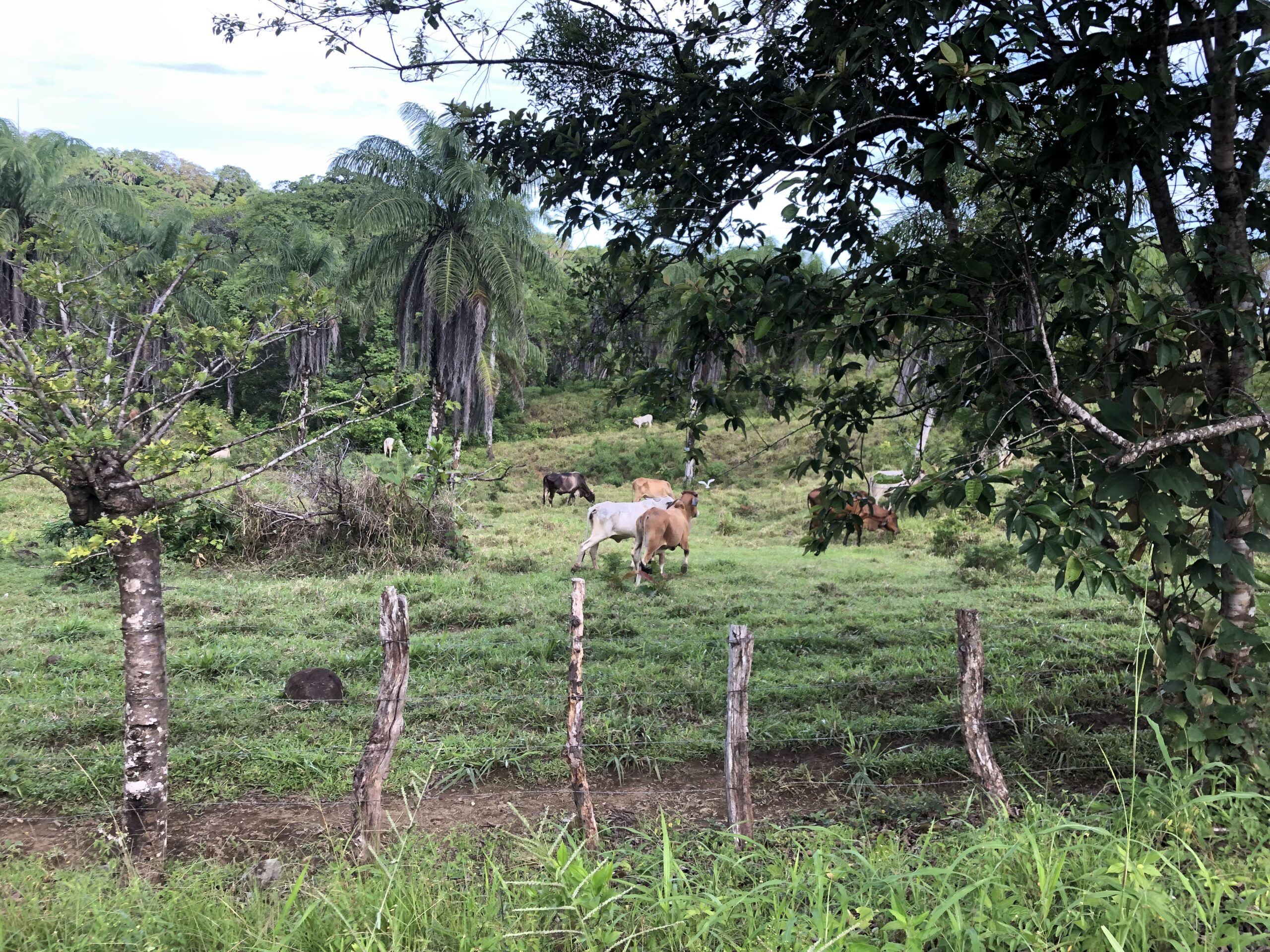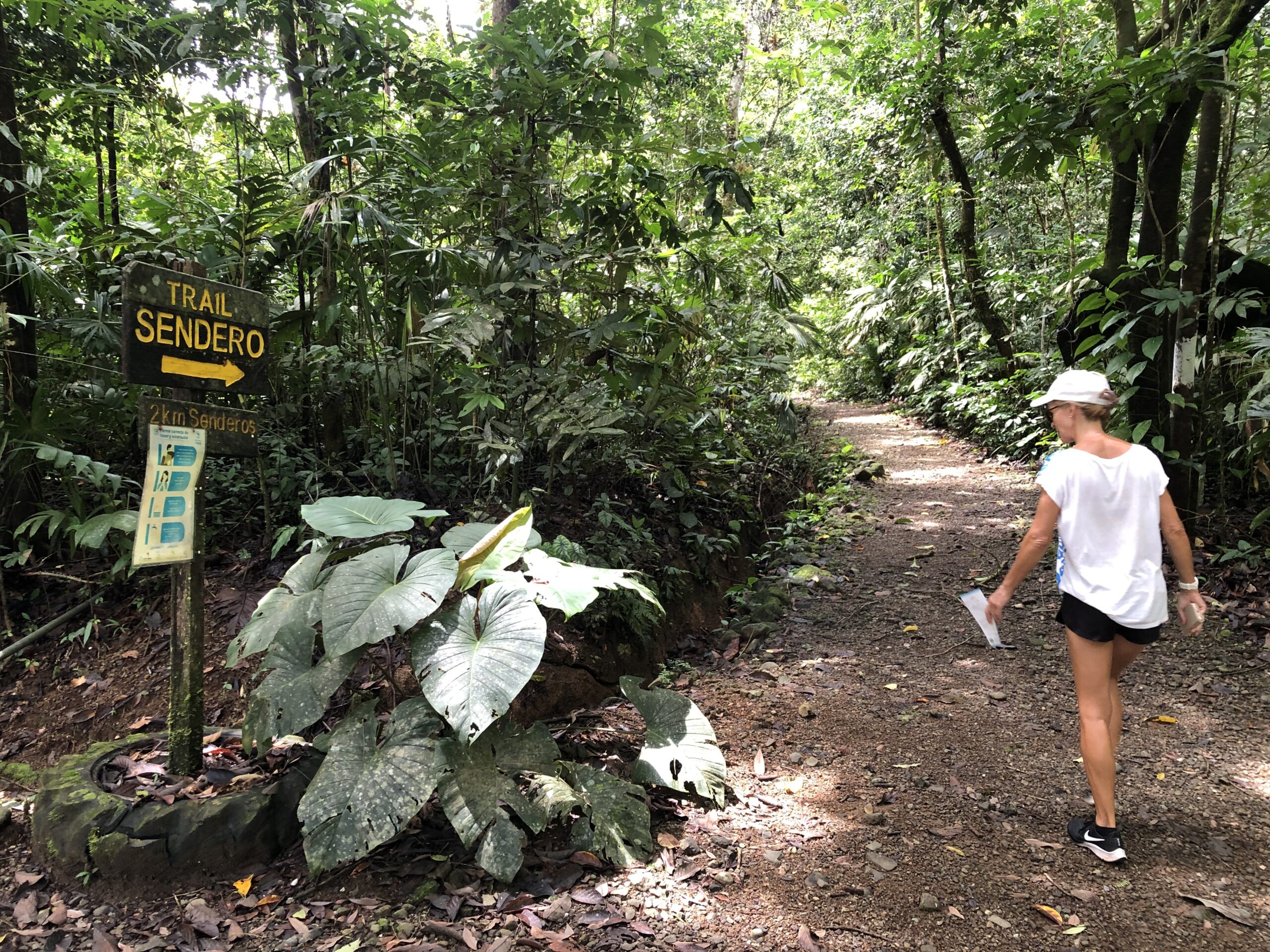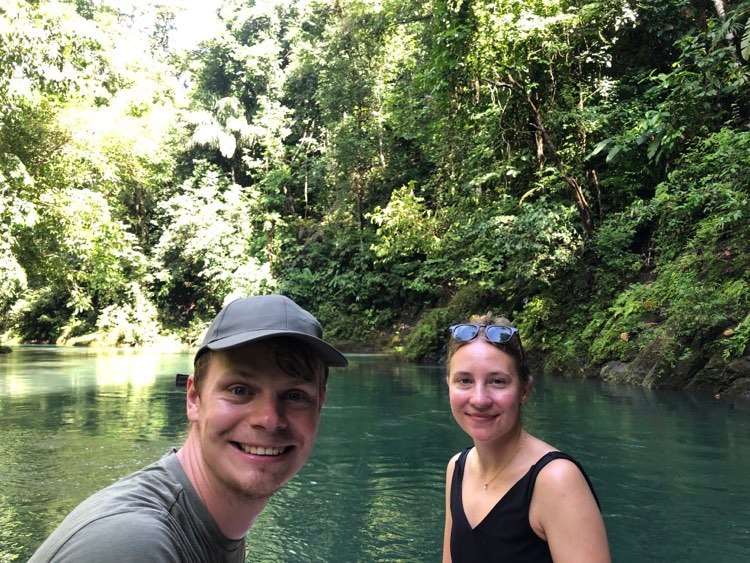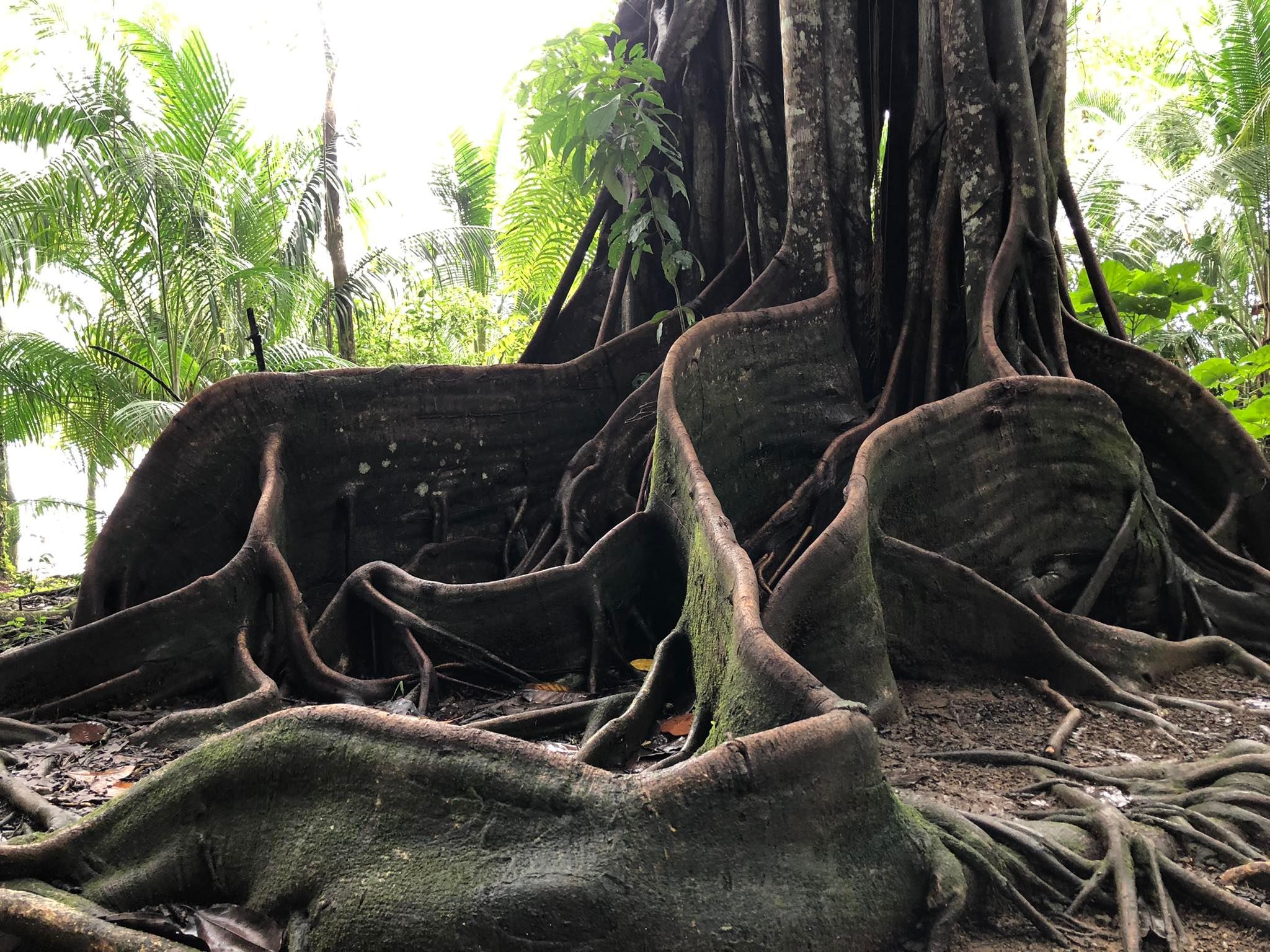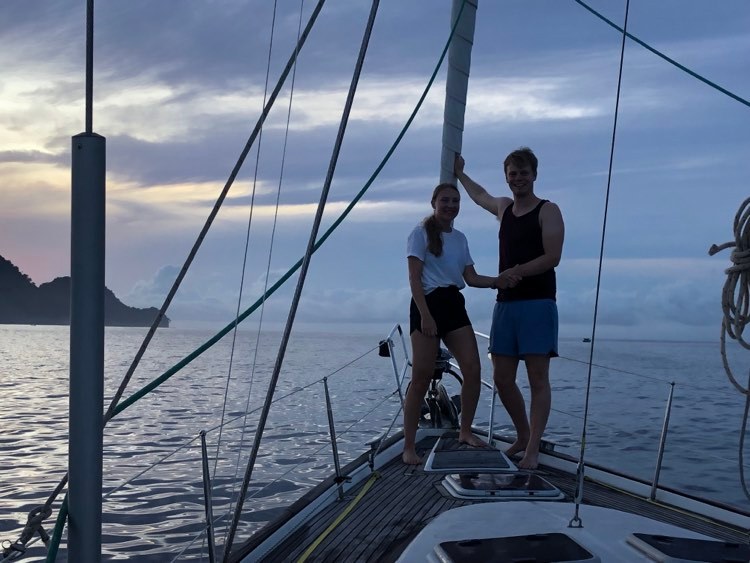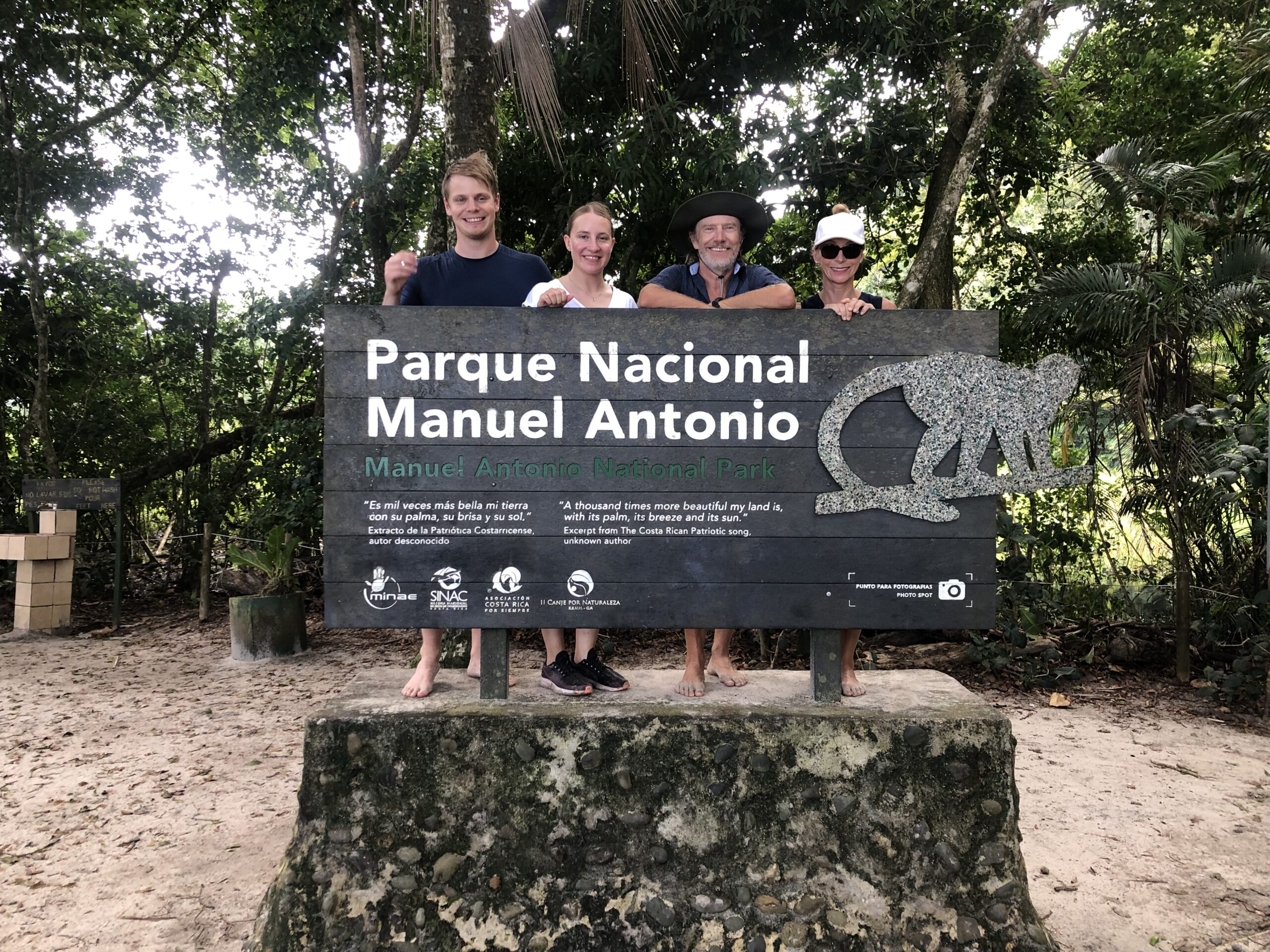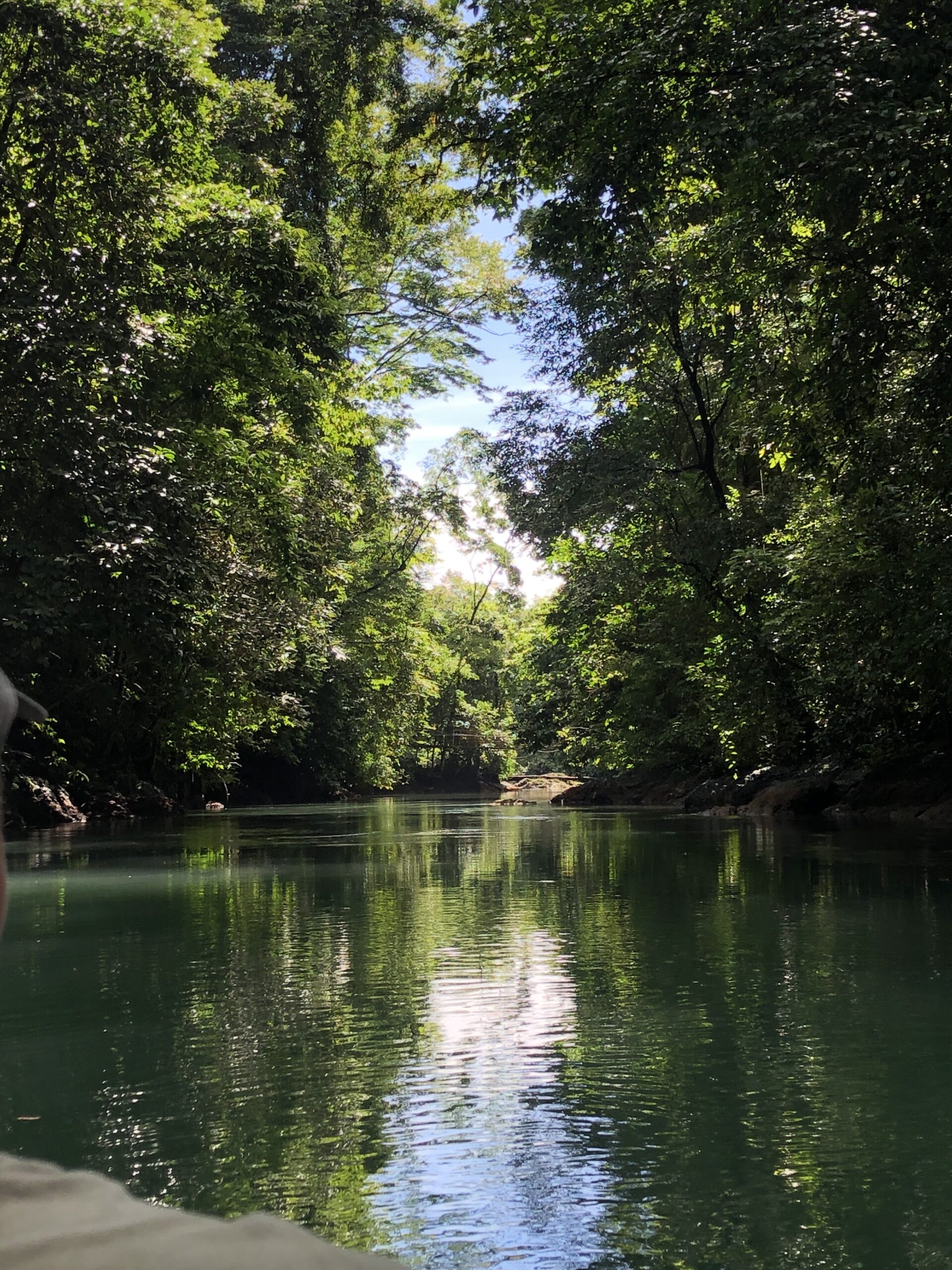
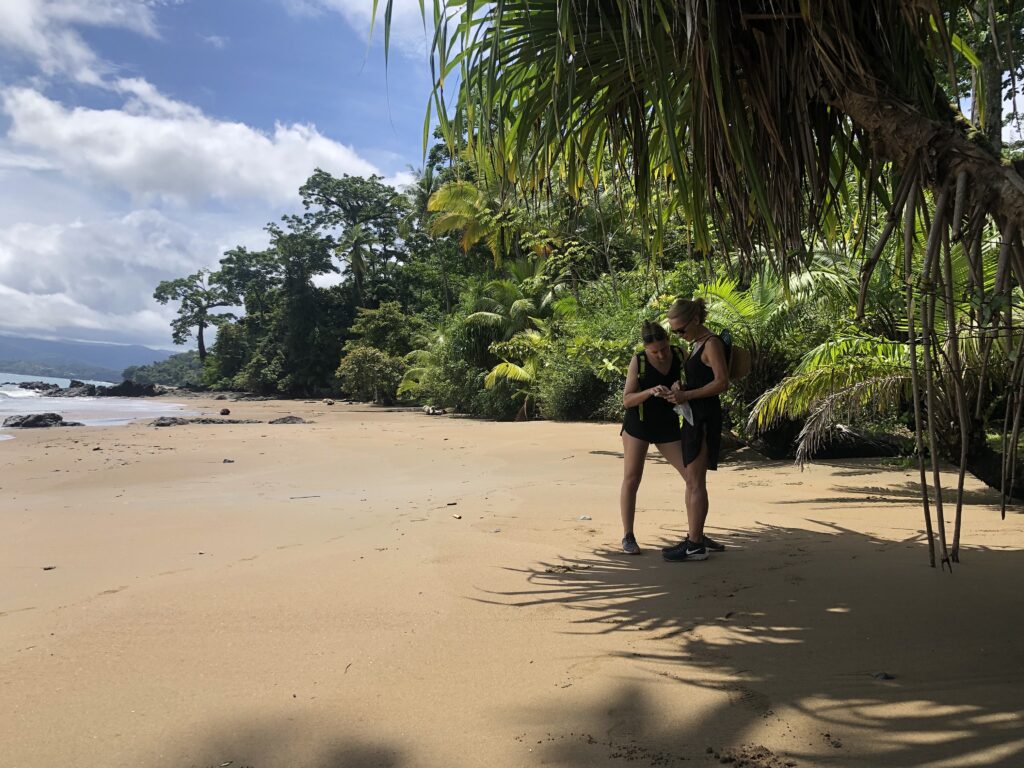
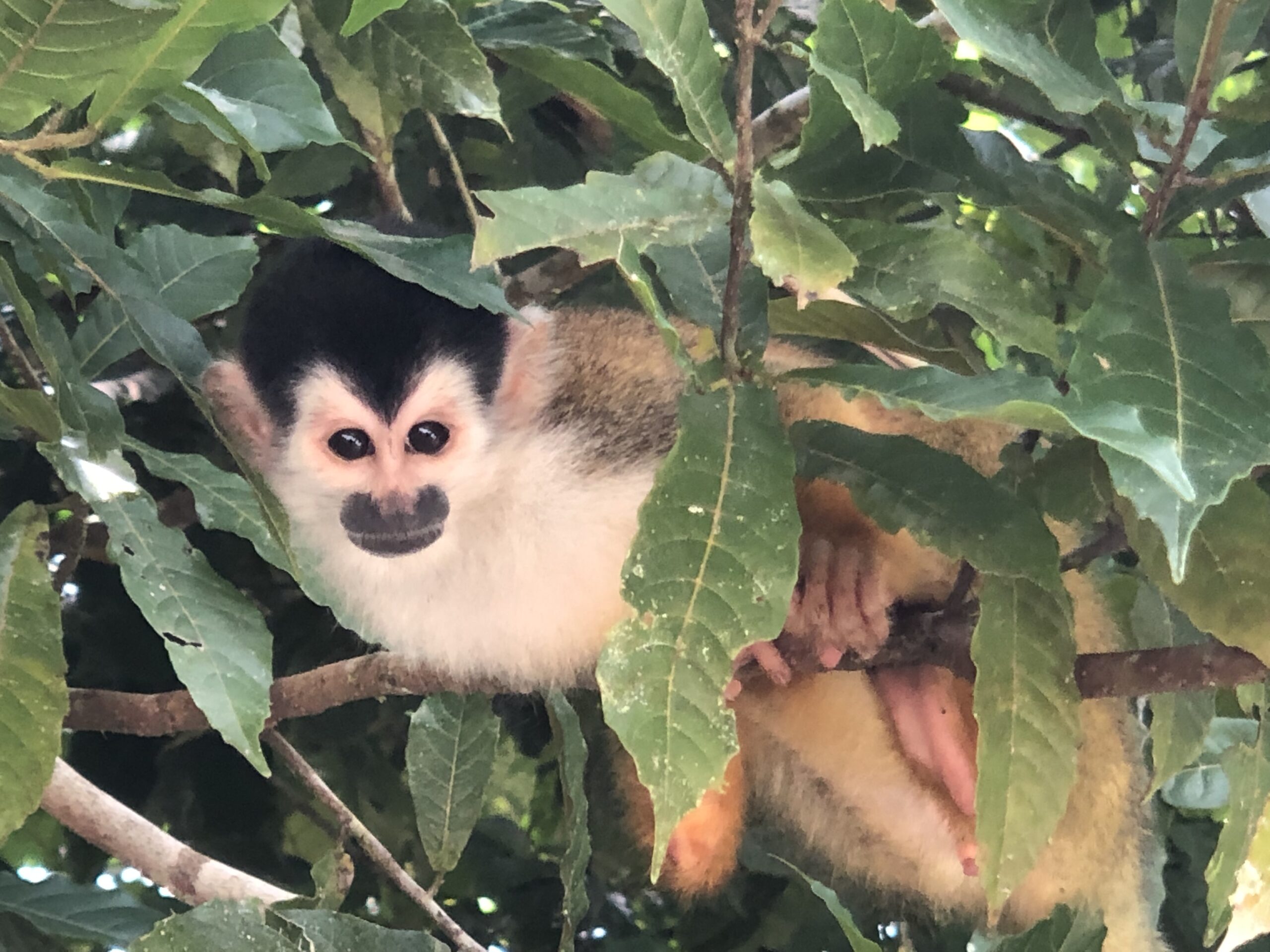
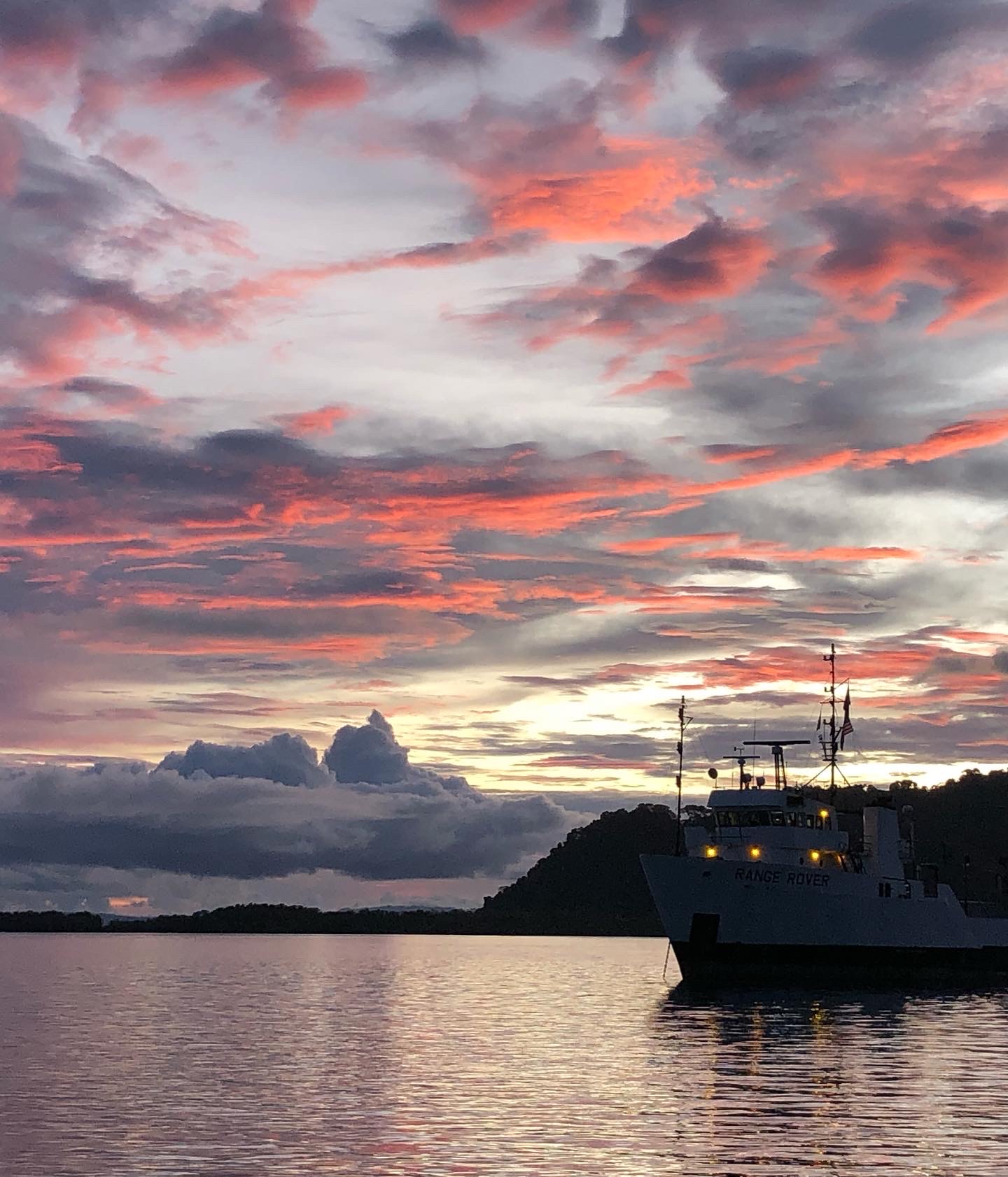
Pura Vida from Costa Rica! Pura Vida is a greeting used frequently in Costa Rica, and directly translates as “pure or simple life.” It’s a nod to the way Ticos live; no stress, no fuss, and happy with what they have. No one dwells on the negative. This ethos pretty well sums up the warm, friendly and relaxed vibe we felt in Costa Rica.
Our first glimpse of the Costa Rican coastline from the sea was impressive, with much of it imposing green mountains rising sharply from the sea. The softness of fluffy white clouds nestled in the angular folds really set off the mountains’ savage beauty. When on land, one felt immediately immersed in jungle, at once a little scary, and absolutely thrilling.
It was in Costa Rica that we warmly welcomed our new family crew aboard. Johan and Amelie joined us in the north of Costa Rica, and they motored/sailed south with us for two weeks. Their time with us turned out to be VERY “adventurous” (read “down right scary” ) at times….! None of us anticipated just what an “Adventure Holiday” they had booked!
Another reason to love Costa Rica was the people! We found the Ticos to be extraordinarily friendly and helpful, as was our experience with most people we came across in Central America. As a rule, we used the public transport (in whatever form it came) most of the time. The various minibuses, big buses, taxis, collectivos, and trains functioned very efficiently when you knew the system, but this was tricky sometimes. However Magnus had a fantastic experience navigating the bustling, crowded, and frenetic buses for a complicated trip one day. People were tapping him on the shoulder and pointing to where he should go, or which bus he should get on, after simply overhearing him ask a question of a bus driver. Many stayed watchful until he had stepped onto the right bus, with shouts of encouragement and lots of pointing. One lady even accompanied him quite a long way to the platform he needed, then instructed a nearby policeman about Magnus’ destination, to ensure he also helped him along. Then she left; heading back to her own platform some distance away. Friendly and helpful is an understatement.
We were grateful for this, particularly as our Spanish is still sadly lacking, which meant we were often at the mercy of others. When all else failed, we resorted to a fluent language of exaggerated facial expressions and gestures that constituted a functional communication medium in most situations. One day however, my rudimentary Spanish came up trumps; carrying me along in conversation for about 15 minutes, beginning with the fact that we were both grandparents, a little about our children, where we were from, the local area etc until we (my conversational partner was a farmer as it turned out) got stuck on a word we could not share, even with significant gesture, air pictures, etc. The word was (most unfortunately) farm, or “granja” in Spanish. But this kind of frequent small attempt certainly helped us connect with others, despite being very far from our language goals.
In addition to the warm personal experiences, we loved Costa Rica for its spectacularly varied and well maintained natural environment. The waterfalls, lush tropical vegetation, incredible wildlife and walking tracks were plentiful and delightful. We were there during the wet season, so we had fewer boating companions than usual, regular torrential downpours, and thunderstorms that would light up an 80s disco, and we were very happy to share some of this with our new crew.
We caught many glimpses of the abundance of flora and fauna the “Rich Coast” is renown for; spotting many monkeys, scarlet macaws, squirrels, iguanas, butterflies anteaters, ocelots, and several turtles offshore including a mating pair. We saw many impressive Guanacaste and Buttress trees, orchids and frangipani – often whilst just walking around on daily errands.
SOME NEW EXPERIENCES:
- Wet season in Costa Rica. According to the Ticos, there are two seasons in Costa Rica; wet, and wetter. This is easy to believe according to our short experience. We could easily collect more rain water than we could use in two buckets during the regular downpours that often lasted all day, and were stunned that local fishing boats were tied up to several large airtight plastic barrels to save them from sinking in the case of a big dump of rain. Not many other yachts were out, preferring to sail during the slightly drier season.
- Schools of fish swimming in phosphorescent algae -one night the sea looked like a screen from an 80s arcade game. Masses of fluorescent comet like shapes darted around like pin balls in fast forward; a fascinating conglomeration of light and movement. Mesmerising!
(After this incredible light show, our only wish was to see dolphins outlined like this, and voila! A couple of nights later, there they were: graceful dolphin shapes gliding by in inky water, jumping and diving, outlined in glowing sparkles like fairy dust. It is hard to describe the sight in words, but the vision is indelibly imprinted in my memory.)
- Completing a full provisioning shopping load from a beach launch in surf in our small, heavily laden dinghy!! After doing a big shop in preparation for our new hungry crew, we had to carry our provisions back to the beach and our waiting dinghy. It took 5 trips back and forth to ferry our groceries from the edge of the sand into the waiting dinghy, which we had carried into the water whilst empty. When all the groceries were in, Magnus and I waited, like kids timing their run into a skipping rope, for a break between the sets of rather large waves., whilst keeping the dinghy facing the waves and upright. When the moment came to make a break for it, we pushed out as fast as we could, one leg in and one leg hopping along in the water pushing, until we were out so deep we had to jump in and Magnus started rowing like he had the devil after him!! We could not risk the temperamental motor in such a pinch. When we were out past the breaking wave zone we started the motor and couldn’t quite believe we had made it that far – but it was only after all the groceries were safely aboard Almazul that we did a small high 5. Even hauling the bags up onto the boat in biggish waves was pretty tricky – a good effort for a rookie and an old bloke! 😂
- Executing a safe and relatively dry crew beach pickup in the dinghy with two big suitcases and 4 adults. Not a bad effort for our little 2.9 m 4 hp rubber raft! Although it seemed like a snap after the groceries TBH.👌
- Red Tide. It is a type of algal bloom that has been a problem along the Pacific coast of Costa Rica for decades. We had not encountered it before, and watched it come and go most days. We didn’t swim in it, but it was not too restrictive for us, as it had been for other boaters who had spent more time in Costa Rica.
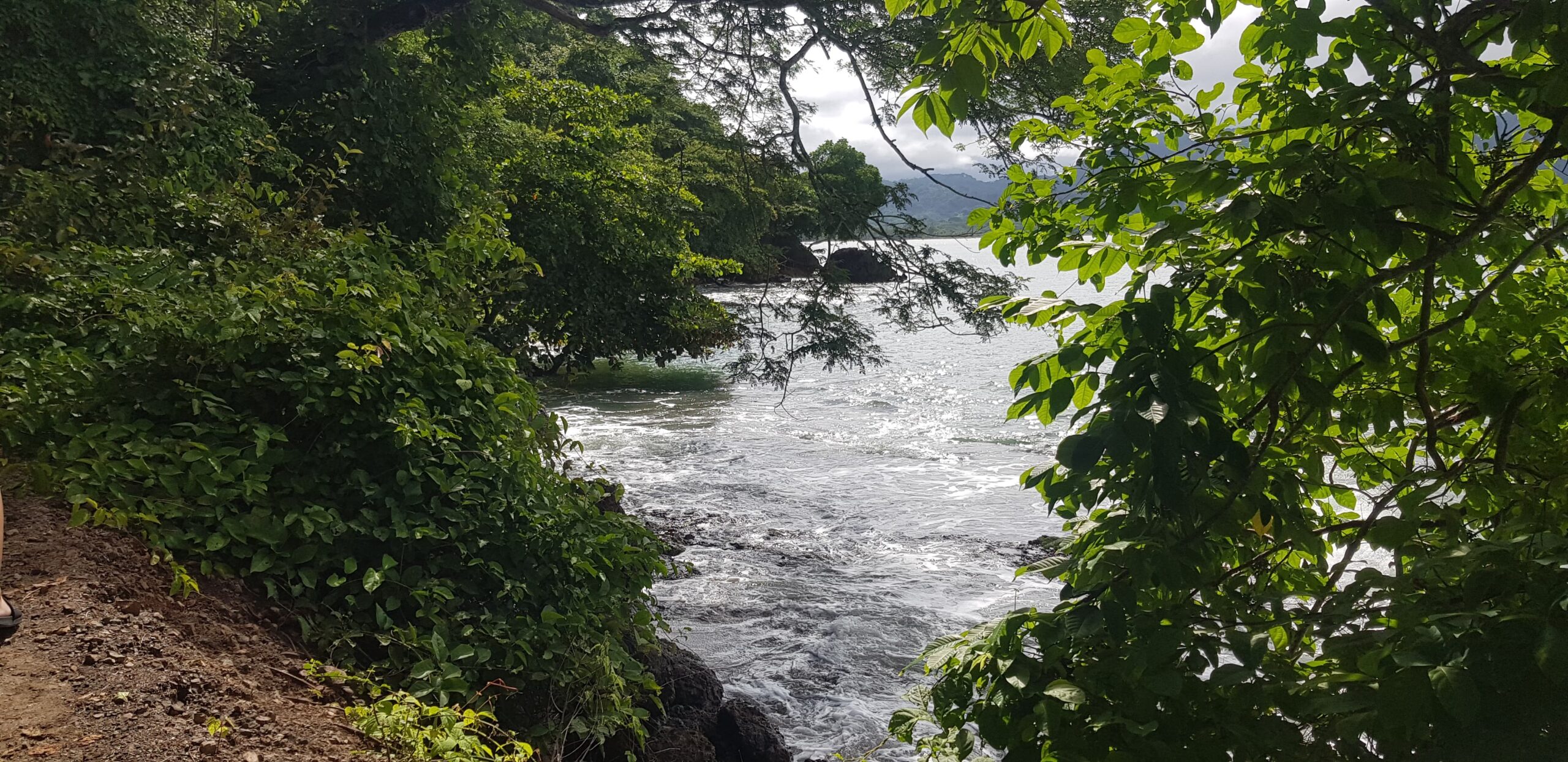
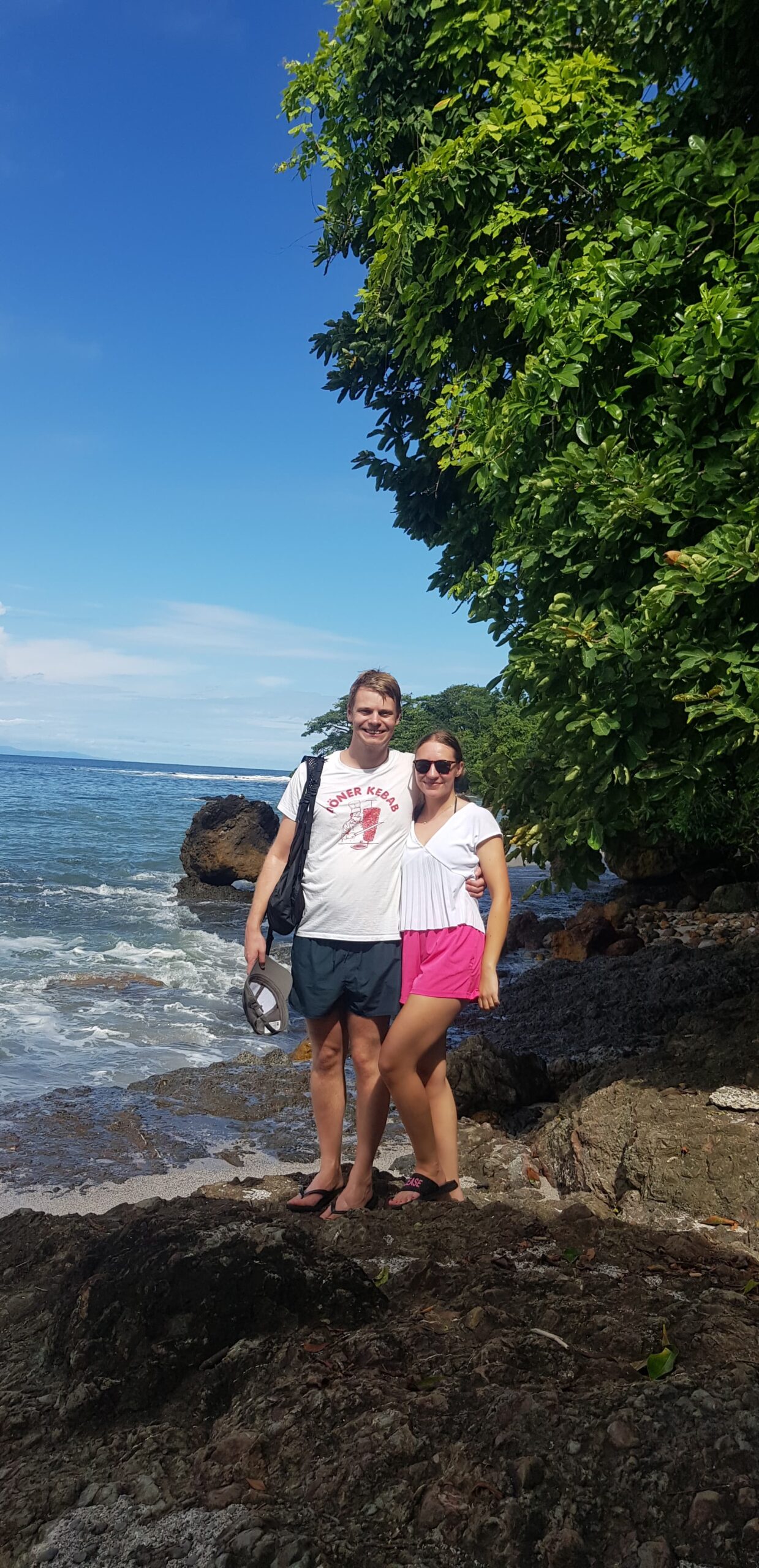
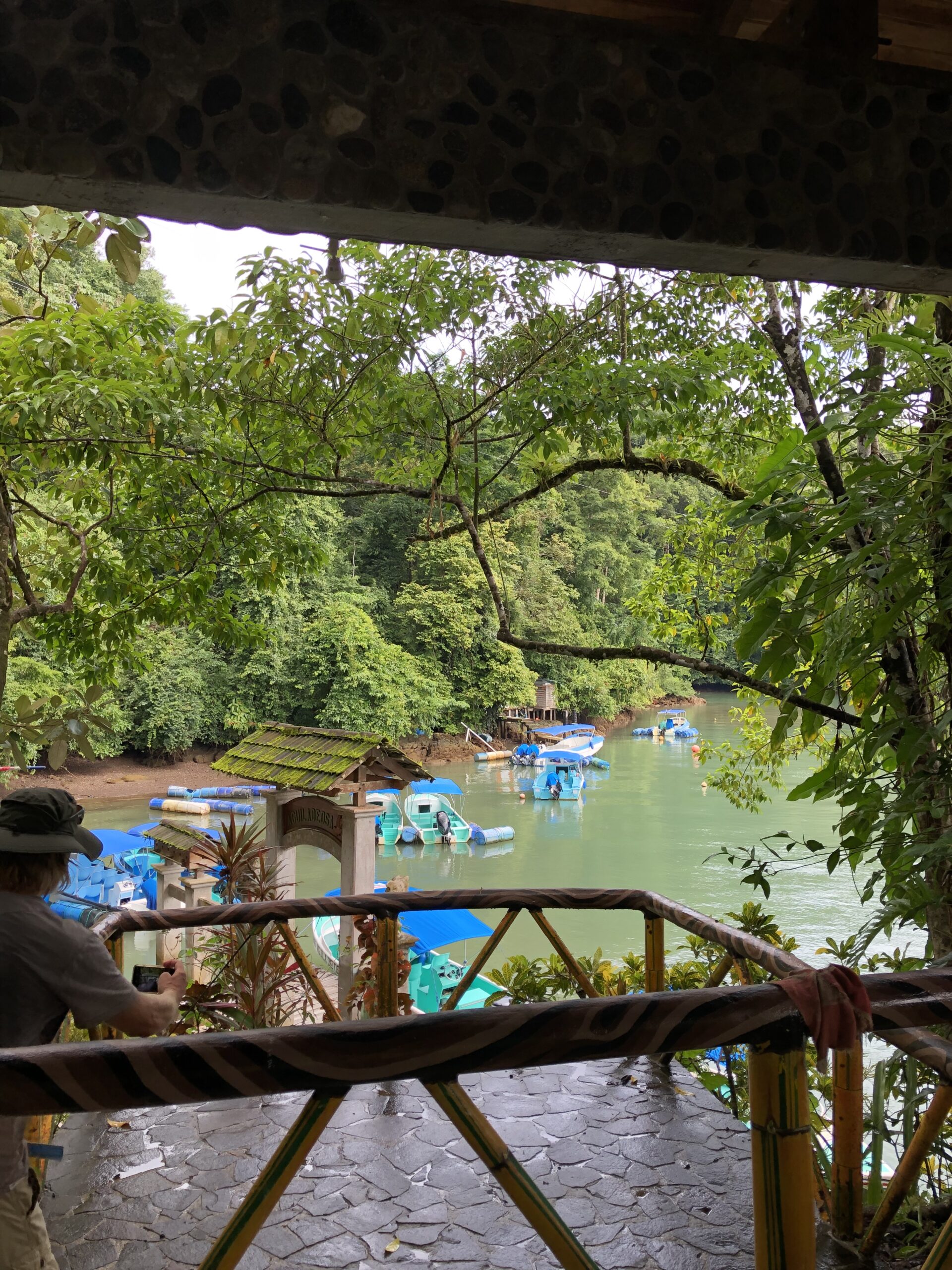
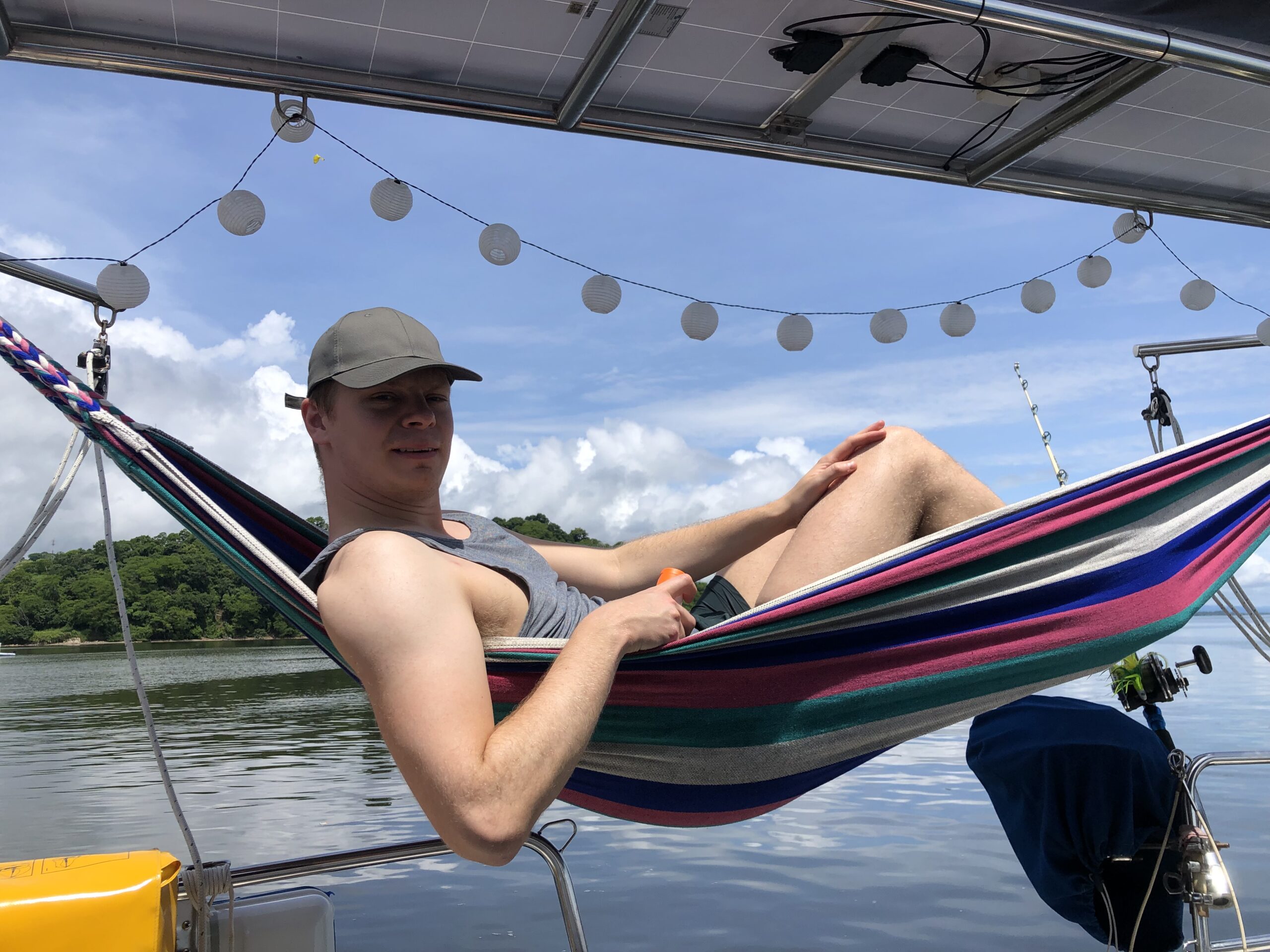
BEST:
- Having Johan and Amelie on board. It was lovely to spend time with these two, and I loved the incidental conversations that happened when hanging around together, sharing meals and adventures! Their sense of humour, youthful enthusiasm, hunger for new experiences, and appreciation of the natural environment were uplifting for us older folk.
- Golfito. We entered this small protected bay in southern Costa Rica on a grey rainy afternoon after a two week haul from Panama, and the sight of boats and other people was a salve to our souls. While we enjoyed much of the solitude of being on deserted tropical islands, it’s also nice to share dinner with other people every now and again!
- Beautiful walks along both the coast and up into the hills of Costa Rica. We appreciated the care taken to conserve the natural environment, and the subsequently good tracks, signs etc. meaning we could access many incredible places and see a plethora of wildlife. One day while walking in northern Costa Rica near the Bay of Nicoya, we found ourselves on a narrow road that became a green tunnel as the trees formed an archway. It turned out that the trees were home to many howler monkeys, and they announced our approach with their incredible roaring. (The sound these monkeys make is completely disproportionate to their size BTW.) The noise increased as we proceeded along the tunnel road, and it became quite eerie as they followed us along. jumping from tree to tree. A little scary, but what an experience!
- Drake’s Bay was also a favourite for walking, although it feels like we just scratched the surface of walking on the Osa Penninsula, and in Costa Rica in general TBH. Drake’s Bay, also afforded the most extraordinary opportunity to explore Rio Aguijita in our dinghy. This felt at once eerie and magical. We felt extremely privileged and completely awestruck as we quietly looked around the nearest reaches of this emerald green waterway, that felt quite prehistoric. We entered quietly on the slack ride, and went as far as depth allowed, using motor and oars to gently get as far upstream as possibly. Then we quit propulsion, and let the current draw us back to the sea, navigating the intricate eddies and currents with an oar here and there. Sitting silently the four of us absorbed the visual feast largely individually, and discussed our remarkable shared experience later in reverential tones.
- Beautiful beaches…. as always. Isla Tortuga is worth a special mention because it is one of the most visited beaches in the country.
- Meeting old friend; in this case English rose Paris and her boyfriend Ed. We met Paris when she was crew on our buddy boat Delphinus, and it was sweet serendipidy that they were travelling in the same area as us, and we managed a quick catchup between tides in Drake’s Bay.
- Getting around the notorious Punta Mala safely twice, notwithstanding contrary currents and a thunderstorm that lasted for hours, and a lightning strike behind the boat where we had been minutes before. This corner of Panama is renown for its tough weather conditions, and so we waited in harbour for a good weather window to pass this point as safely as possible.

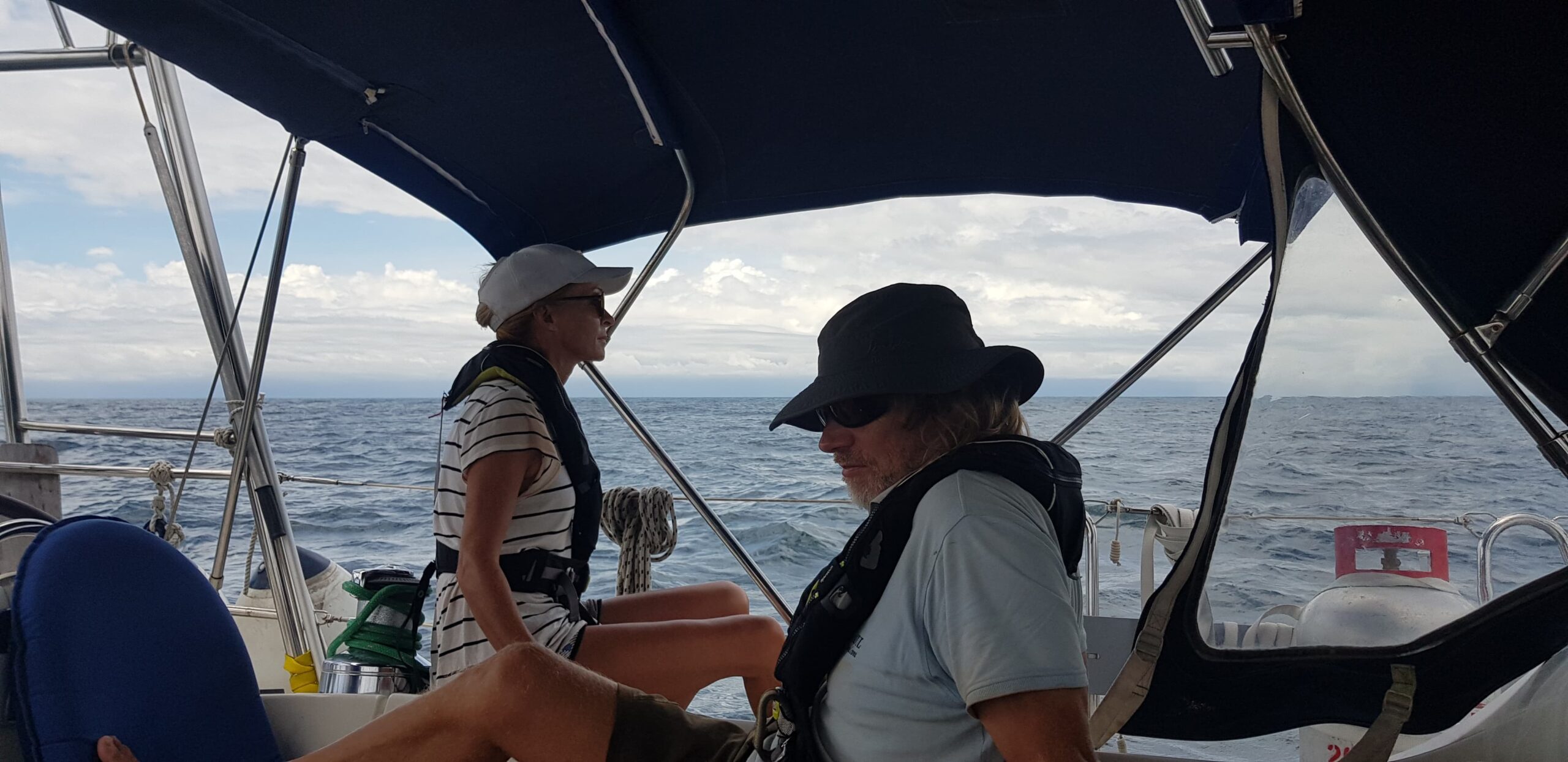

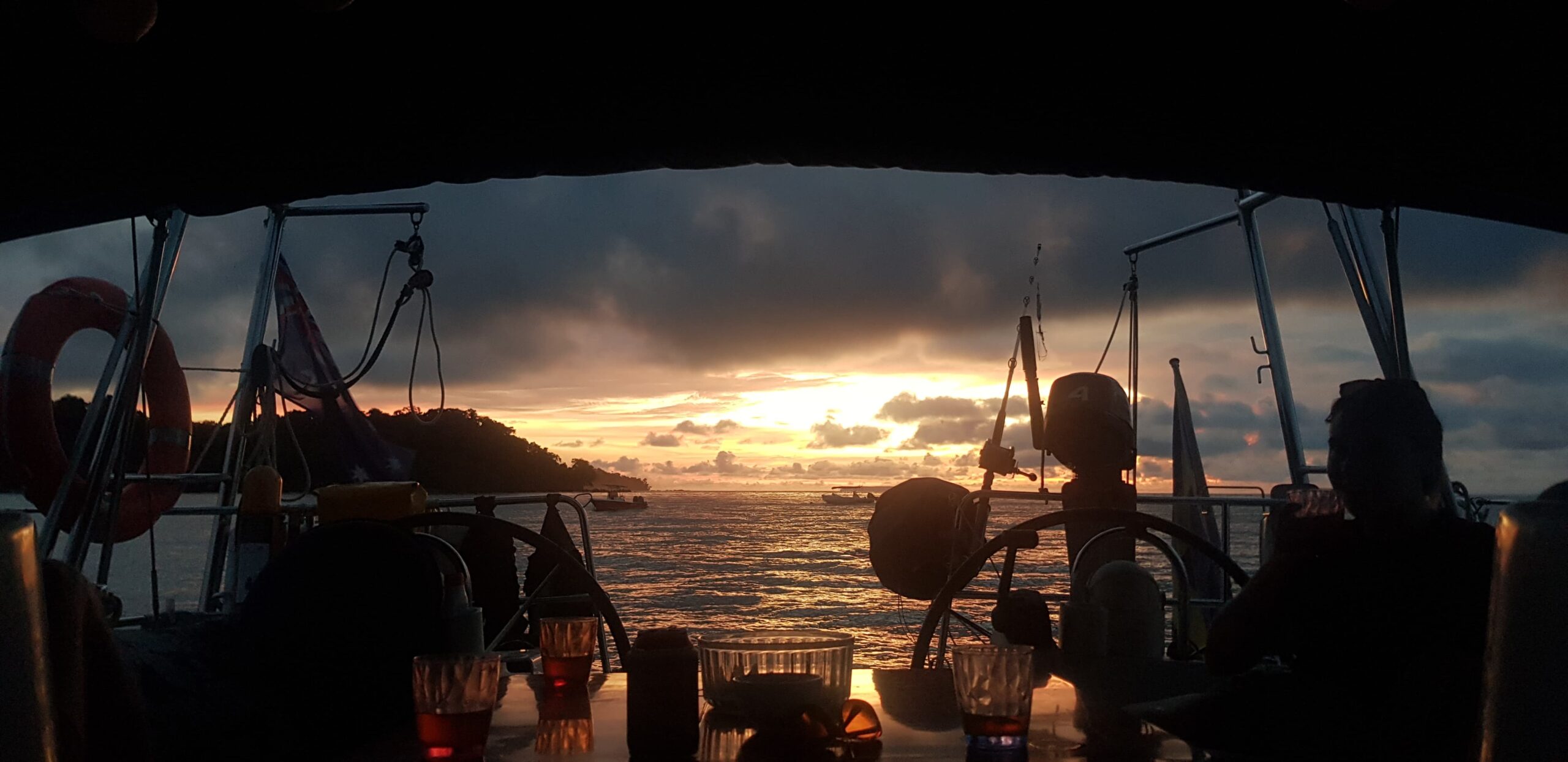
WORST
I have to write about this experience quite seriously, because it was serious at the time. Of all the experiences that we have had, this is the one that came closest to sinking Almazul.
- We were travelling to Costa Rica during a period of extremely heavy rainfall, resulting in flood damage on land and increased currents and tides in the water. We took refuge in a protected anchorage near Isla Gorbanodora after spending an unbearably rolly night at Bahia Arenas the night before. The problem was that the current rushing between the islands where we were anchored was much stronger than usual and had washed a large (full) fishing net away, wrapping it around our anchor chain and boat, while still being pulled along in a forceful current. This eventually resulted in us being dragged backwards towards a reef and rocks before we were able to release the net somewhat. The first we knew about something being amiss was a knocking sound on the hull while we were downstairs seeking shelter from the weather. Of course it was dark and pouring rain. When Magnus went up to check, he saw the lights of a fishing net marker buoy close behind the boat. It seemed odd that a fisherman would lay a net so close, and that we had not seen or heard him. Then we saw the second marker, also close behind the boat. In slow motion it dawned on us that they were two ends of the same net, which had become effectively wrapped around our boat as it was washed along, full of fish, in the roaring current. The knocking sound had been made by the various floats along the length of the net, now draped along the sides of the boat. The middle of the adrift net had met our anchor chain, and carried on, trying to pull us along too. Thankfully we had a lot of chain out, and a fantastic anchor. Even so, while we valiantly tried to free the net, we were dragged almost 300 metres towards ruin. After trying to alert any local fishermen in vain, we had to cut the net free. Not an easy task from 2 metres above the water, flailing a sharp knife in the dark on a terrible night, pulling parts of the heavy net on deck when possible, bringing the flopping fish with it. We regretted having to cut the net and ruin a fisherman’s livelihood along with the night’s catch, but had no option. We still wonder how far the net had travelled, and whether its owner ever tracked it down.
- Another serious one. One day we were trying to land our dinghy near Quepos in order to go ashore to a National Park. The waves were not ideal, and after looking around for a suitable spot and a break in the waves, I decided that Amelie and I should disembark and swim ashore to avoid the risk of being in the dinghy if it was upended by a wave during what looked like it would be a dodgy beach landing. (A couple of days before we had had a really rough beaching when a wave caught us and on that occasion we were almost upended. A couple of us were tipped out, knocked over, we broke an oar, lost a flipper etc and the risk of being struck by the outboard was real, so thought it prudent to avoid a repeat.) Anyhoo…. Magnus and Johan proceeded in the dinghy towards shore, while Amelie and I began to swim in. The problem was there was a lot of coral, and the waves were washing us swimmers onto it in a way we could not really control, so we just had to try to keep ourselves as safe as possible as we were repeatedly pushed onto the sharp coral below. We couldn’t see it, but we could definitely feel it! The result was a painful marathon of cuts and scrapes as we made our way towardsthe beach, bouncing gently but painfully off the coral all the way. It felt like we would never get there – and I still have a scar from one of the bigger grazes that day. It was not fun. One of a series of distinctly unplanned adventures!
At the end of that day, we had to leave the same beach at night. We were all understandably apprehensive as we approached the beach in the dark down a small jungle track. We had planned our strategy carefully using what had learned that morning. We knew the waves would be quieter, and also knew the best route out after our earlier experience. Like a well oiled machine, we all performed our tasks with precision, carrying and then pushing the dinghy out into the waves, and then jumping aboard in unison. Even so, there was a collective exhale as we got out past the breaking wave zone, all still safely in the dinghy, unscathed.
- The feeling of corruption in Panama. We discovered that many fees to be paid were open to “interpretation.”(even when paying authorities) It was hard to decide what to pay, knowing the “official” cost was MUCH less than we were being asked to pay. We felt powerless; not wanting to get in a dispute with authorities but also knowing what the boat that came before us paid…. I think overall, we did quite well by doing all of our immigration stuff ourselves instead of engaging an agent, despite the legwork this entailed. It is hard to participate in what may be bribery, while knowing the everyone is just trying to make a living and feed their families.
- Another unplanned adventure was having to haul anchor quickly during a deluge after a sudden wind shift swung us 90 degrees. It became apparent that we had anchored over an underwater cliff, and we rapidly moved from 12 metres depth to half a meter under the keel by the time I got the anchor up. A hat lost overboard in the wind was the least of our problems! Crisis averted, but it was becoming uncanny how many of these “adventures” were happening with our new crew aboard!
- More motoring than sailing between Panama and Costa Rica, because as luck would have it, we had wind on the nose when going north AND south, and our sticky Genoa furler was a bit iffy. That’s life.
- Another injured toe… no news here. This one happened when it got “hung up” on a companionway step, hinging in an unfamiliar direction while the rest of me continued downwards. Not ideal nor fun. It felt ok and then it didn’t. A persistent black bruise indicated the scene of the crime. It joined the several other “named toes” I have been collecting over the past few years. It joins, among others, the “Swedish toe”, so named because on my first night ever in Sweden, I rammed it forcefully enough to break it and cause bleeding concurrently- onto the useful but invisible raised ledge that exist in many doorways that act as draft stoppers. Much more effective than the Aussie door snake, but not as forgiving on uninformed new immigrant’s toes.
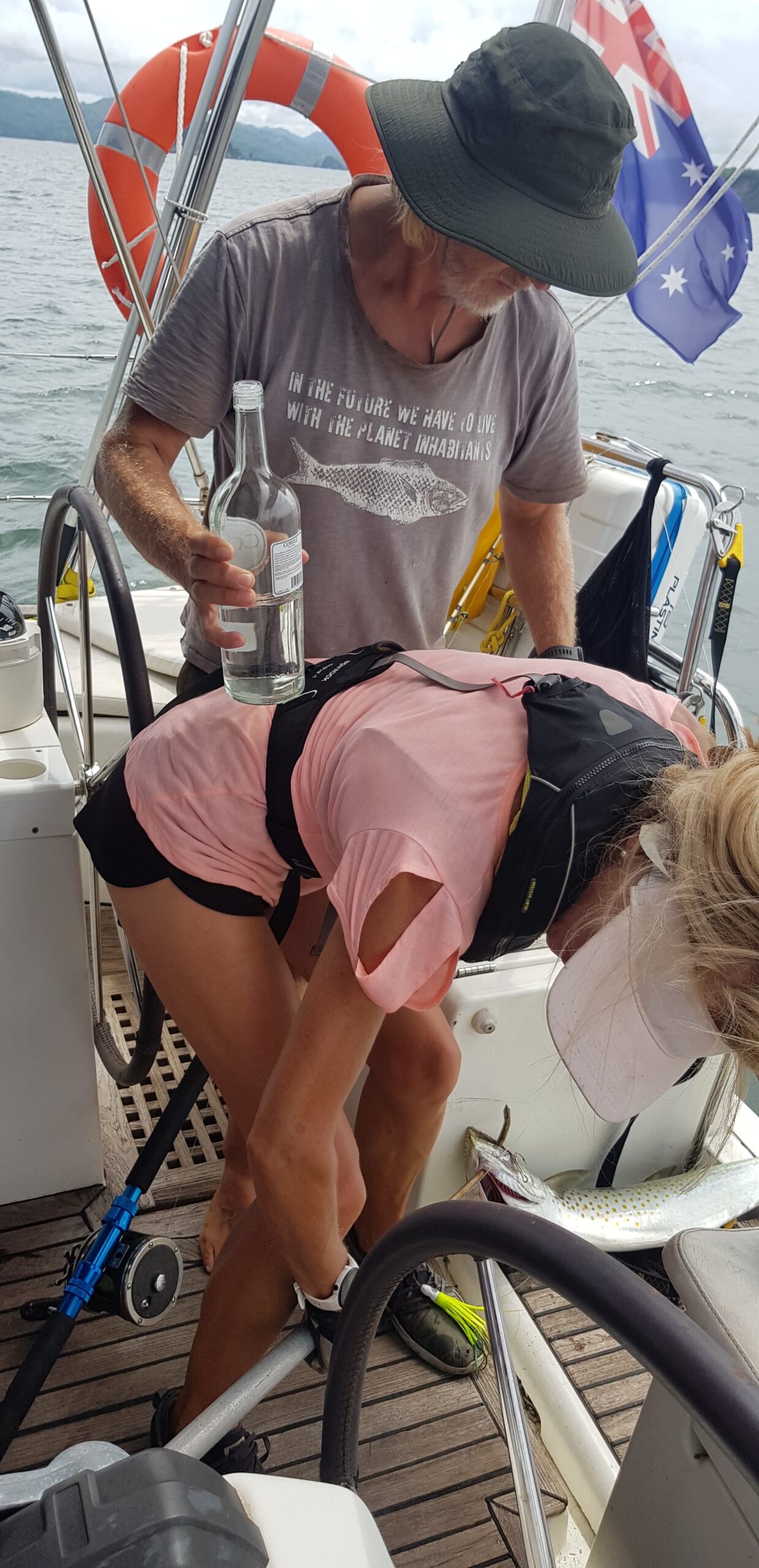
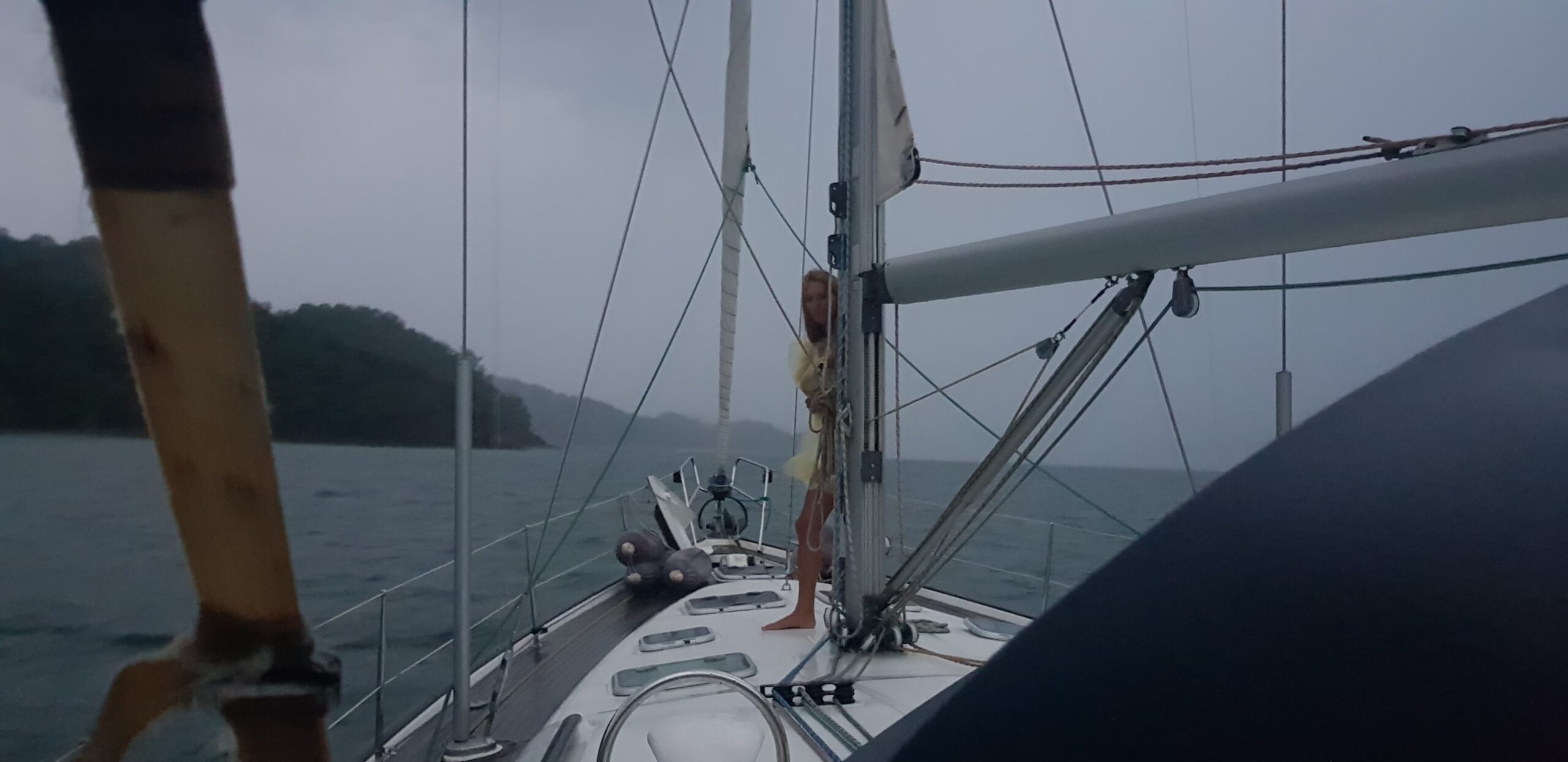
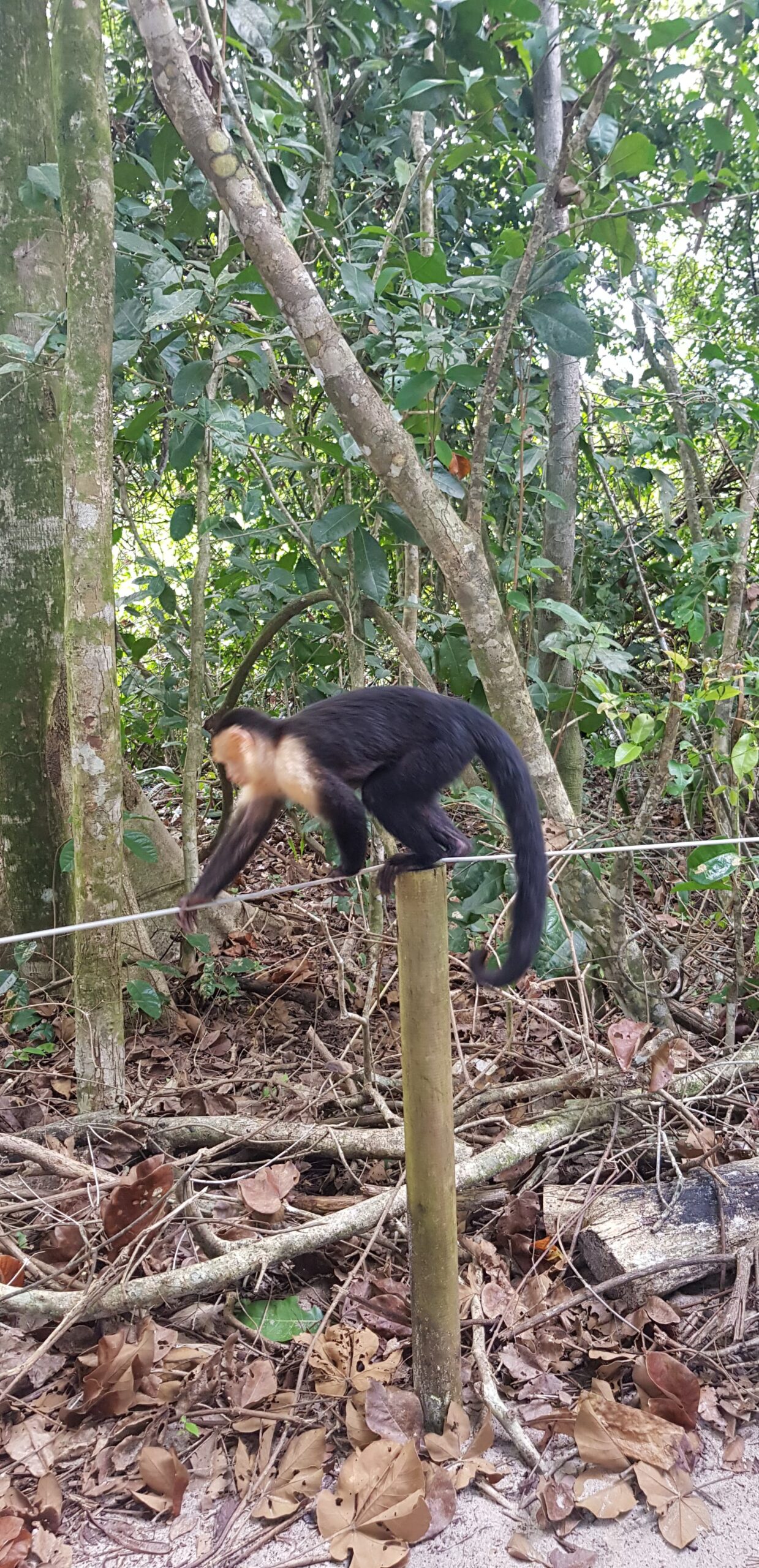
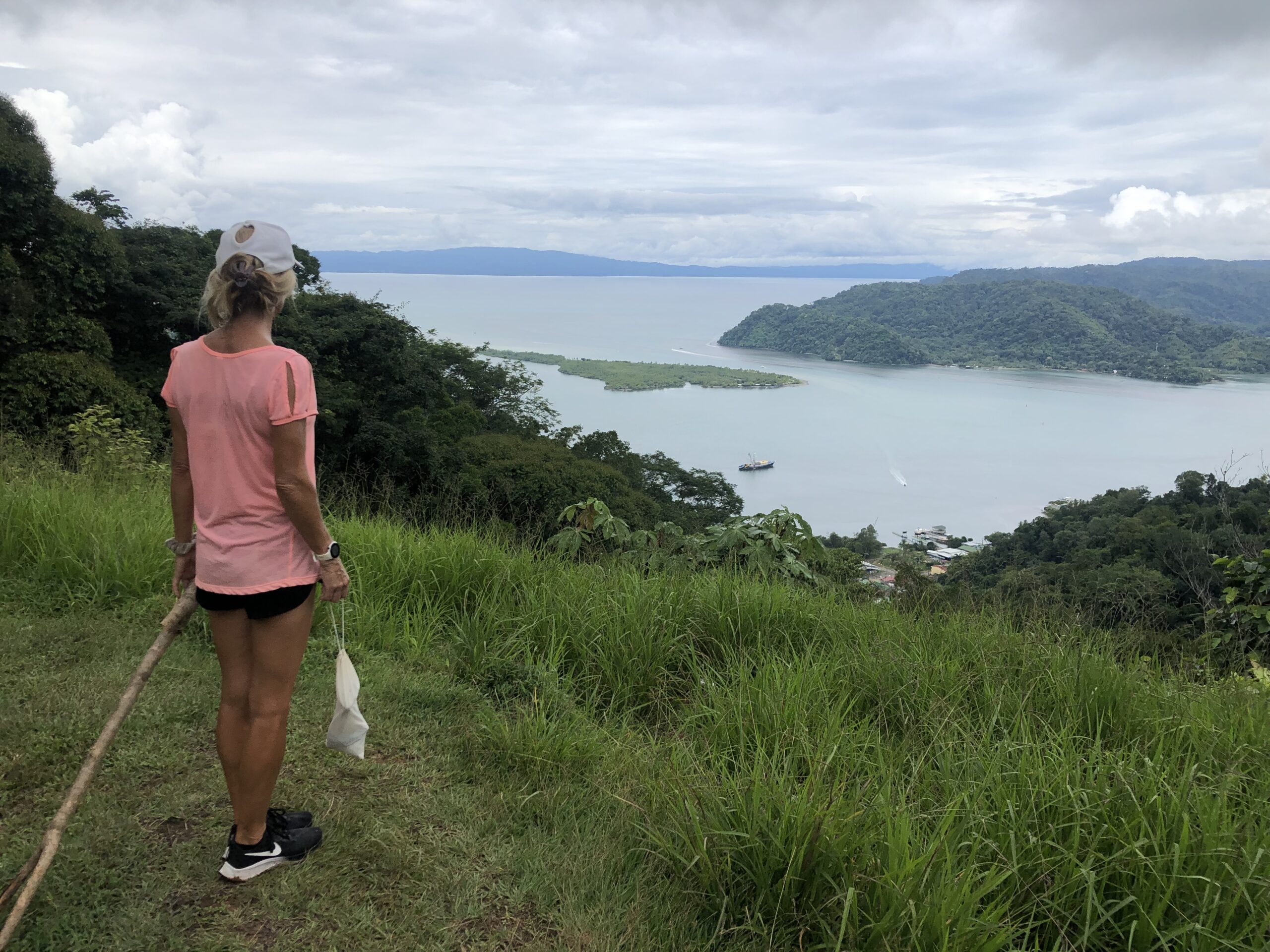
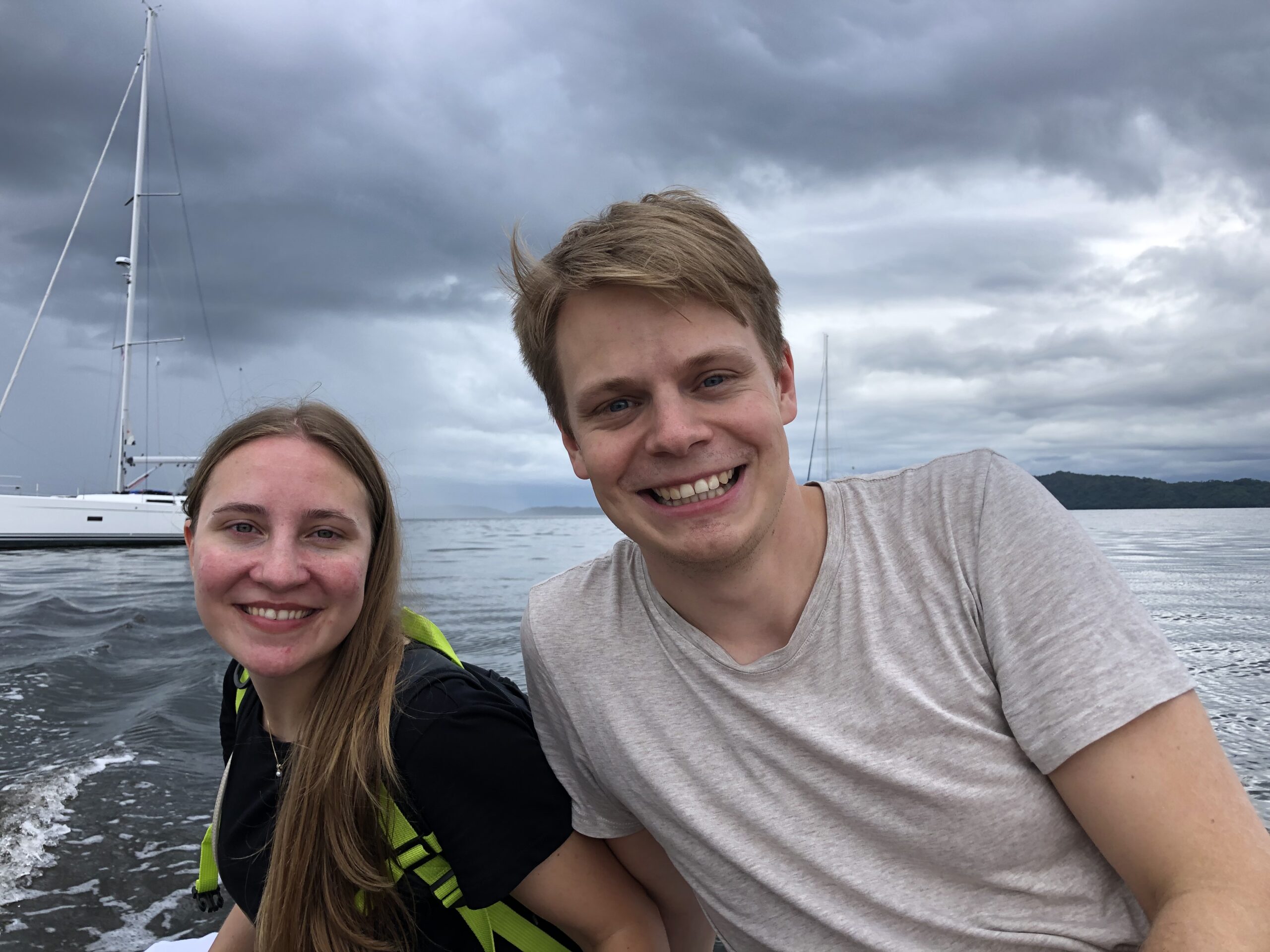
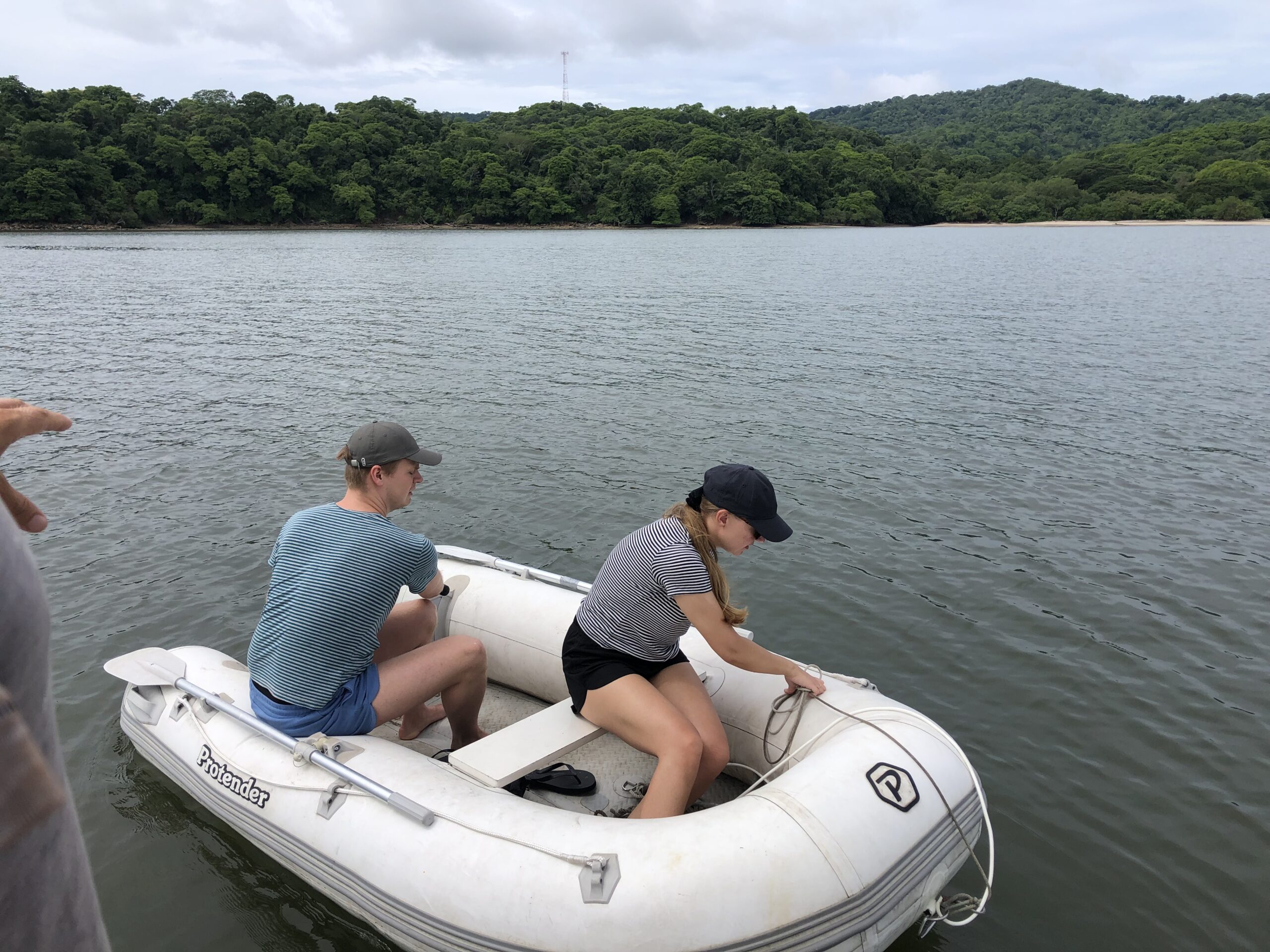


FUNNIEST
- Sloth sighting near miss. OMG I can’t tell this story without giggling. We had been in Central America for over 6 months and not yet REALLY seen a sloth. There was a blob in a tree – but we were VERY keen to actually irrefutably sight a sloth. So imagine our delight when our eagle eyed Captain exclaimed “Look, sloth!” and pointed up towards another, clearer, blob in a tree. We could see that it was indeed a tree dwelling mammal, and Magnus was convinced it was definitely a sloth; “see the tail! It’s wrapped around the branch!” We were suitably (ignorantly) joyful, and craned up at the “sloth” for quite some time, until our necks creaked and we had to move along. But then, imagine our mirth when we read a sign later in the day that clearly stated that most sloths do not have tails! How we laughed at our own ignorance, and mistaken subsequent delight! But in our Captain’s defence, some species of sloth do have tails, albeit not long enough to wrap around a branch multiple times…
- Lugging the dinghy through mud at the small town of Boca Chica. It is fair to say that there are no amenities for dinghy parking, so we used the safest of the two town docks. But, if we left the dinghy in water, it was certain that it would be left high and dry when we returned, necessitating a laborious carry into the water through sticky ankle deep mud. Not only was it heavy; it was almost impossible to keep your thongs on during the trek, but worst was your feet getting completely stuck and unable to be pulled up to take the next step. Very hard not to fall on your face in the mud. If we managed to keep upright, there was still the thong retrieval…. retrieving them by hand from the bottom of the stinky mud hole they got stuck in did NOT add to the fun!
- Many snapshots of daily life on the boat make me laugh if I stop and think about them. We really try to keep things simple, so creature comforts are sometimes scarce. One day we were ferrying 200 litres of diesel in twenty litre jerry cans quite a distance in the trusty dinghy over a few trips in pouring rain, and we were as wet through as if we had been swimming in our clothes. We could barely see through the deluge, and any thought of a champagne sipping yachting life seemed distant. However, when we had unloaded back on the boat; the warm shower outside on the transom in the dark and pouring rain was a pure simple pleasure, with a little bit of exhilaration added by having to maintain balance in pitch darkness on a rolling boat. You’ve got to laugh, don’t you?
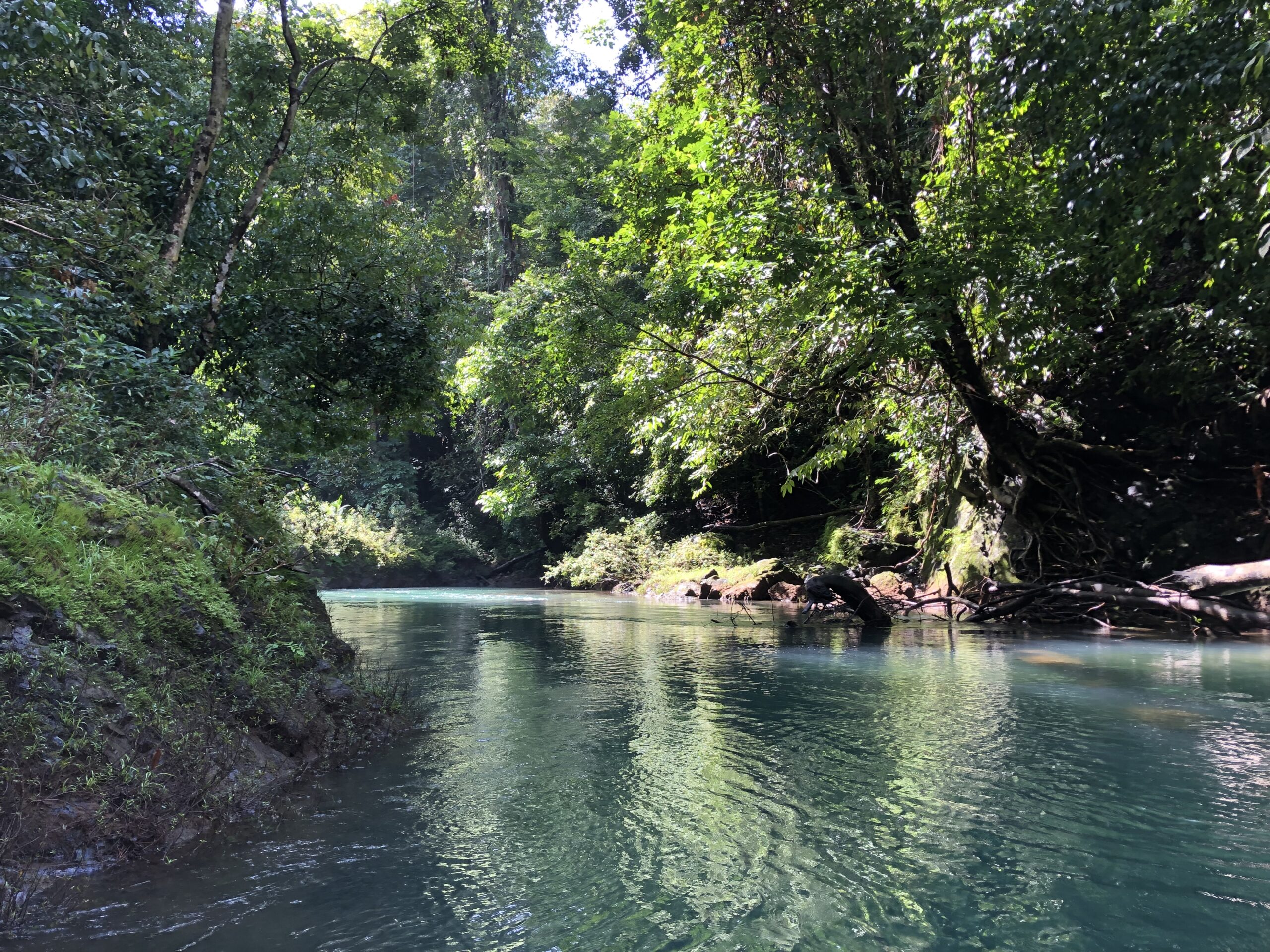

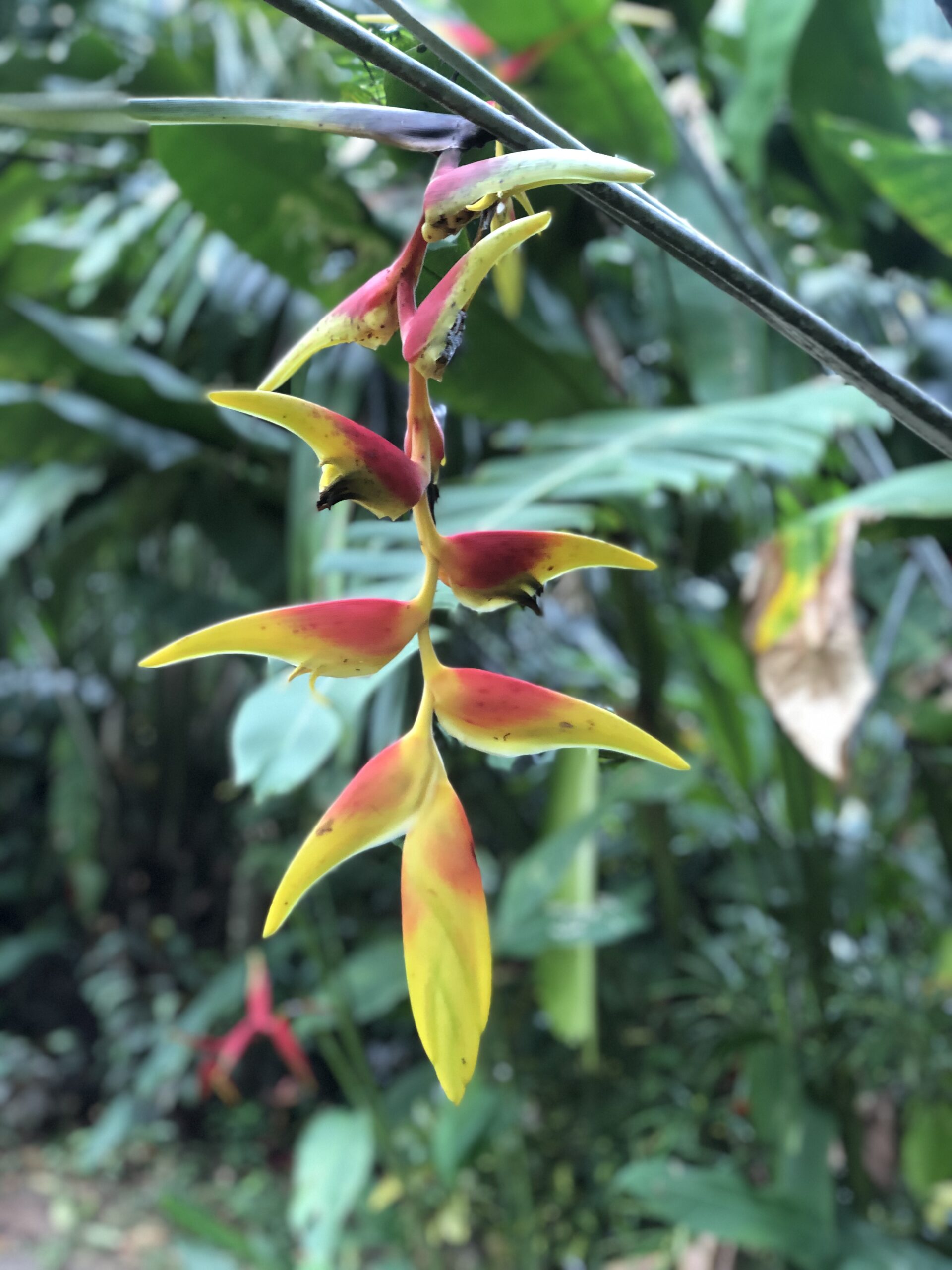
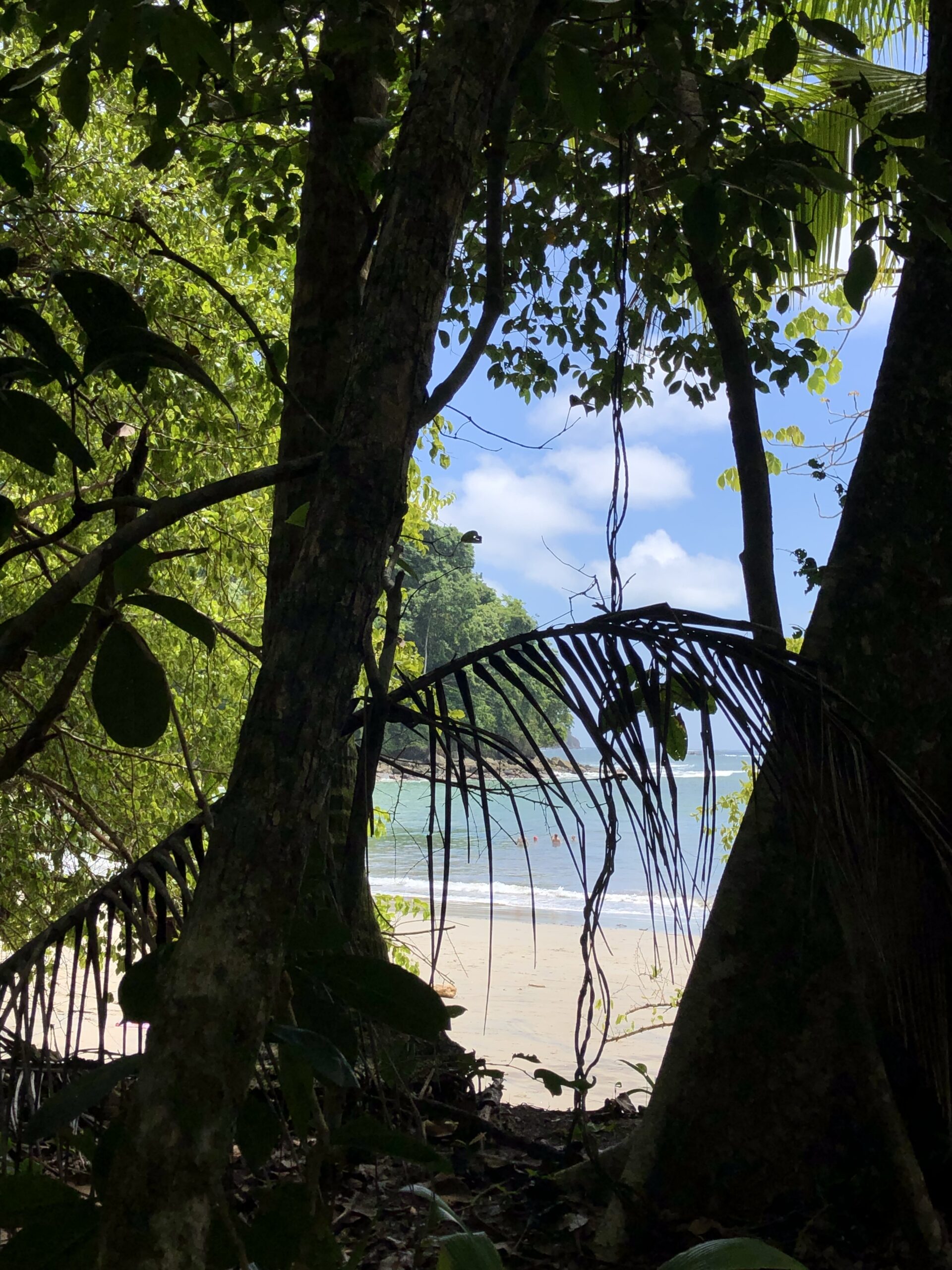
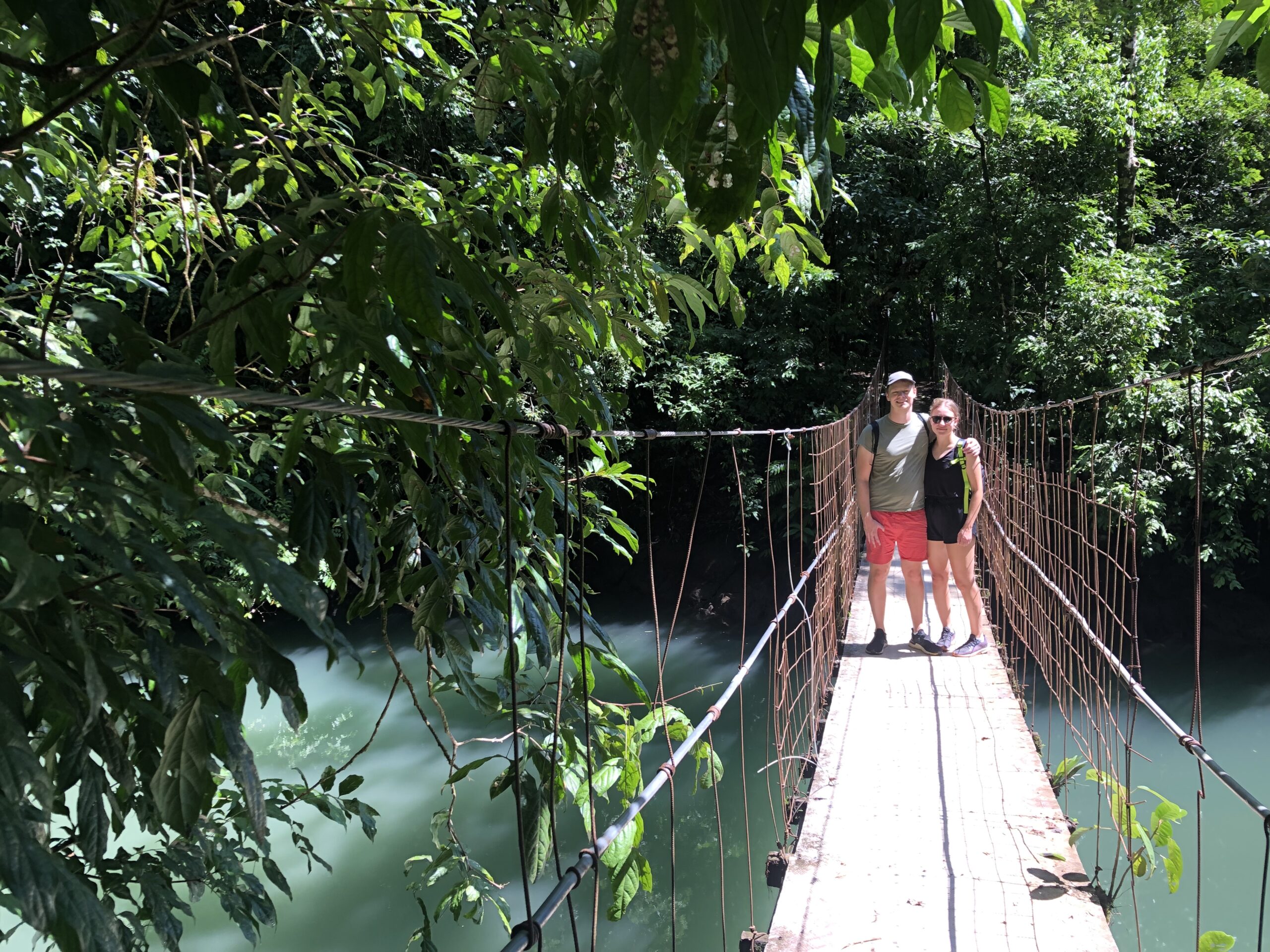
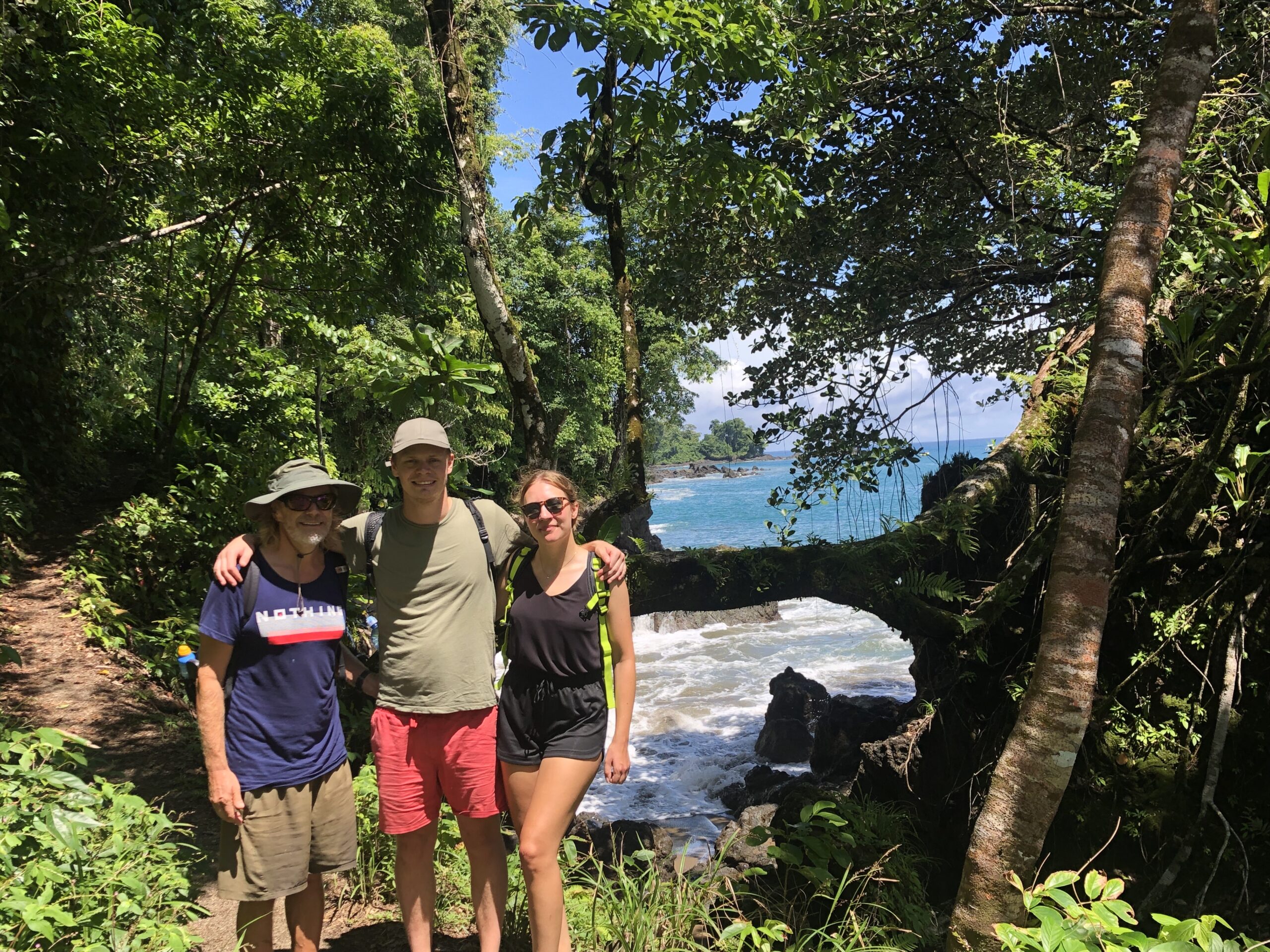
FOOD AND BEVVY HIGHLIGHTS
- Nice meals at Quepos and Golfito in small local cafes and the marinas. Some little restaurants were full, and others empty, so we followed the example of the locals and were not disappointed. Sometimes there were no menus, and our Spanish did not enable us to understand the verbal information, so we just pointed to something we could see a local was eating. I think sometimes there was just the one dish anyway; always filling, healthy, and cheap.
- Pina Coladas; compulsory when we have new crew of course!
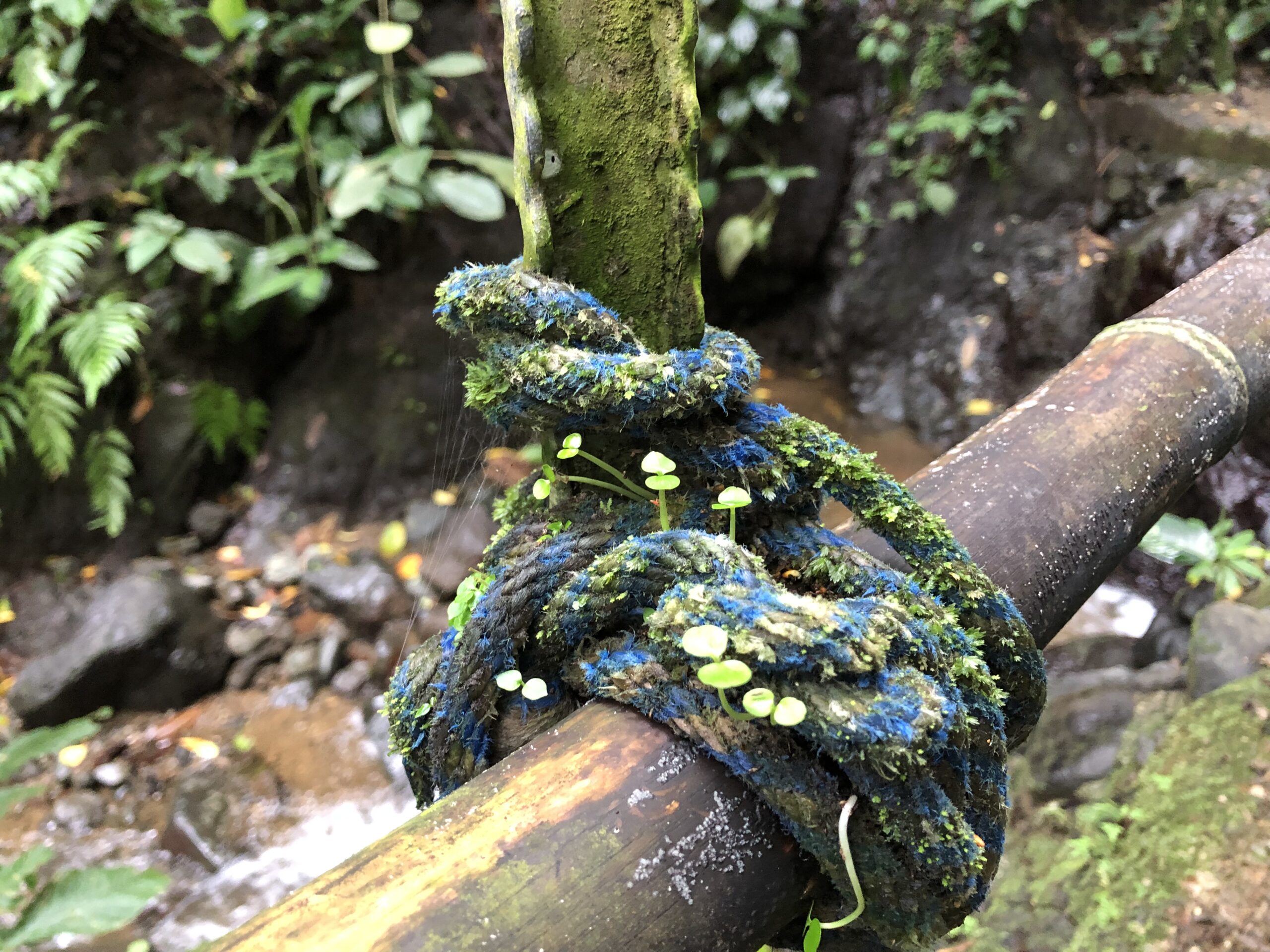

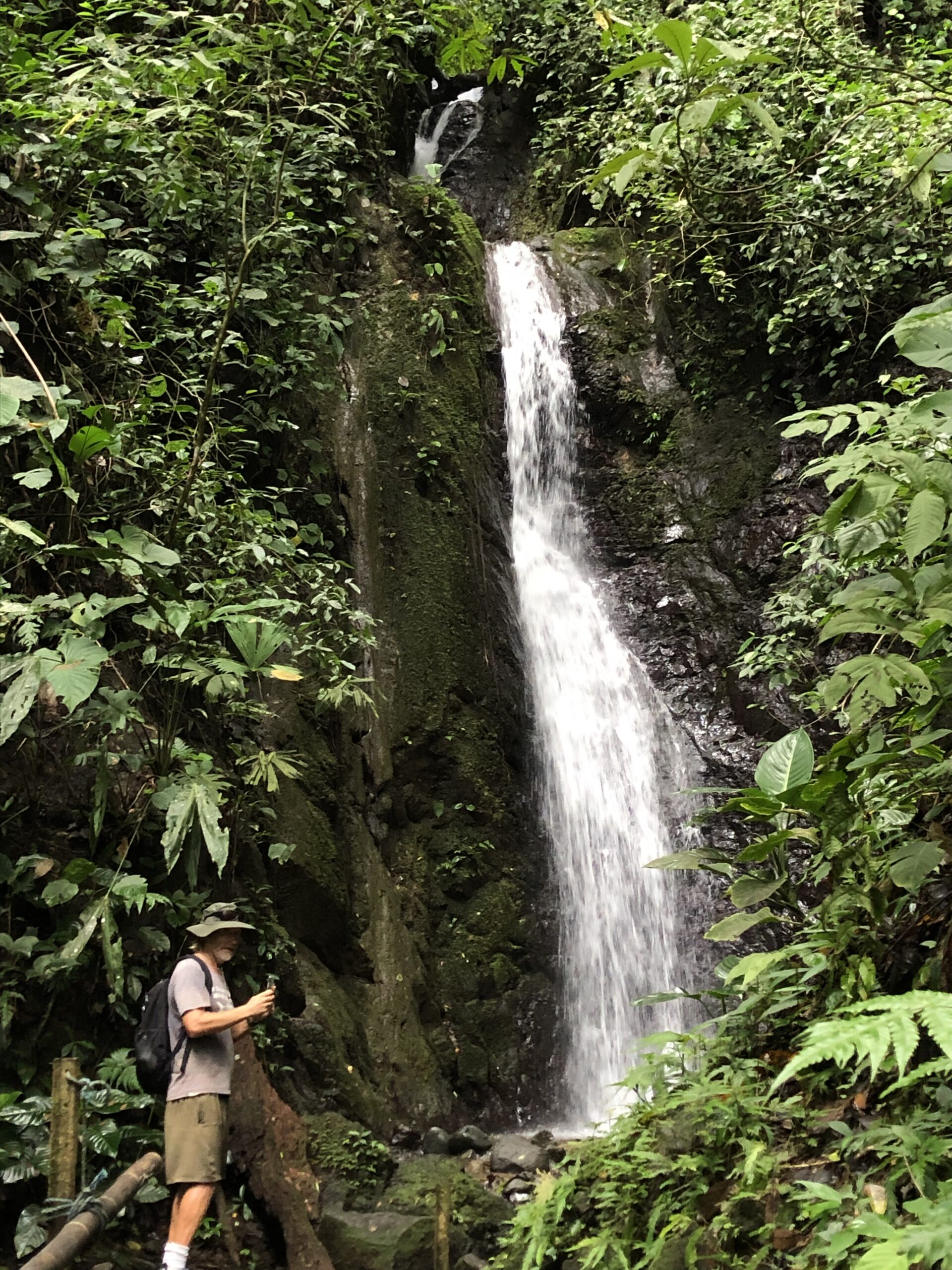
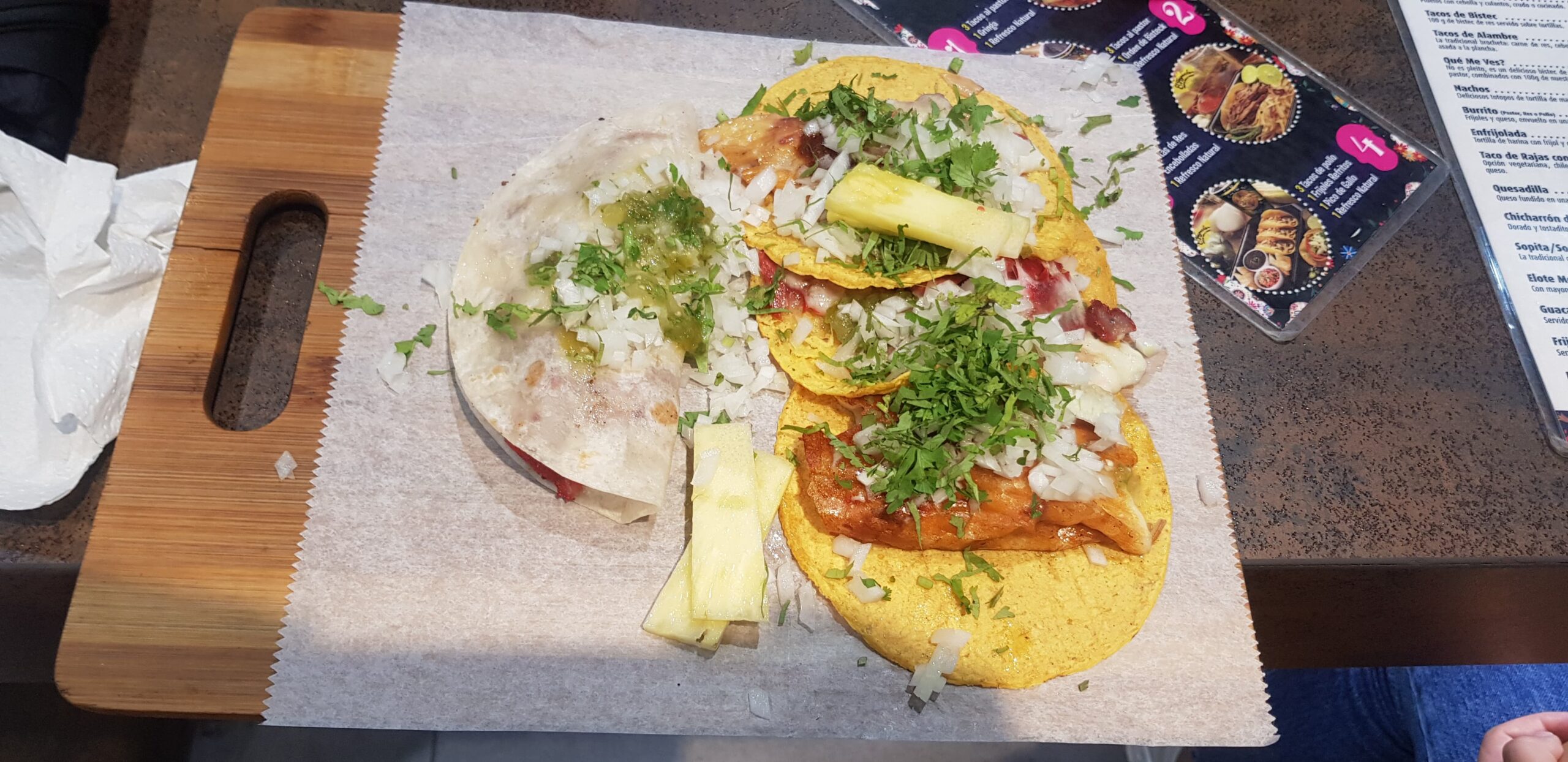
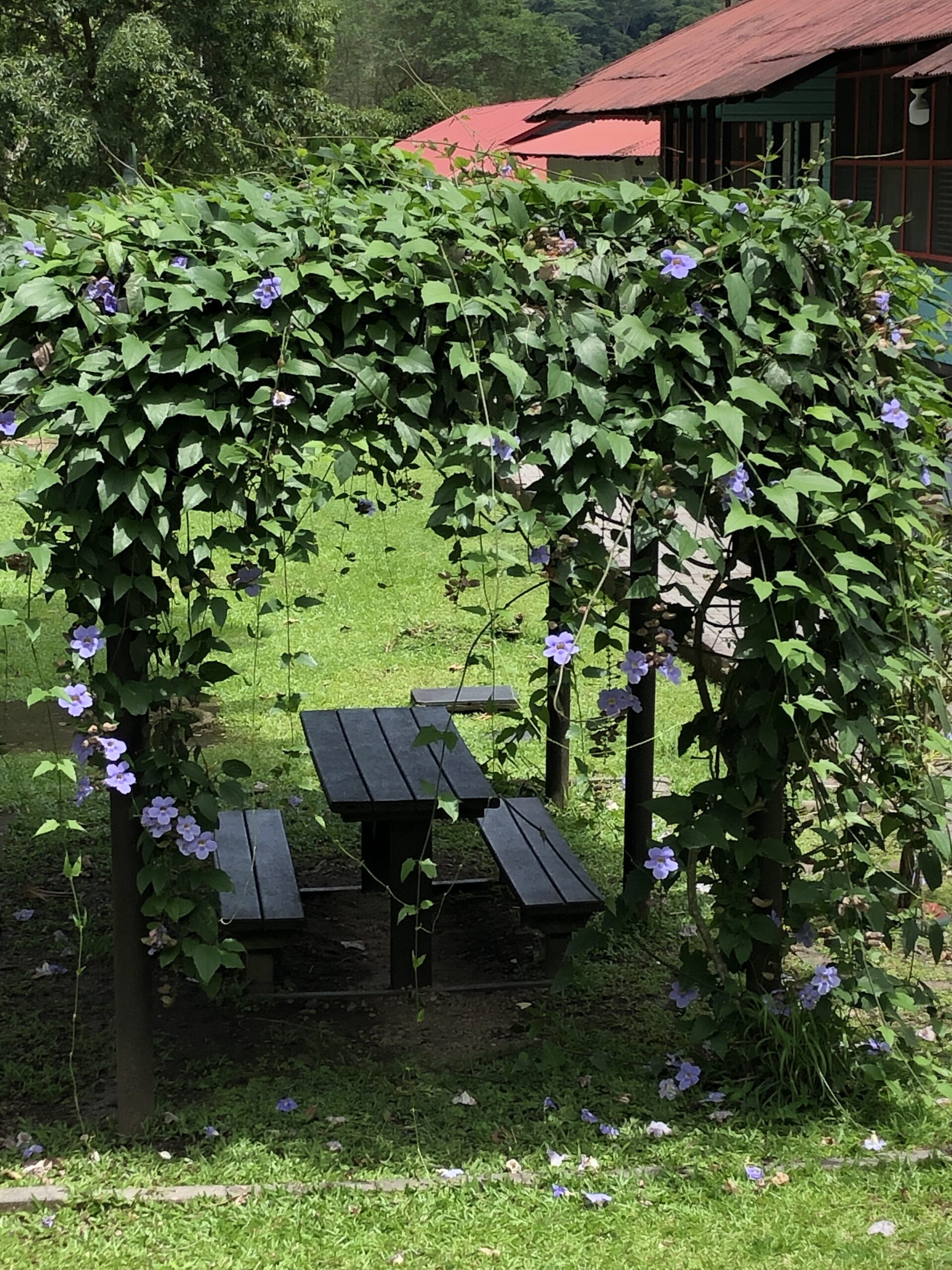
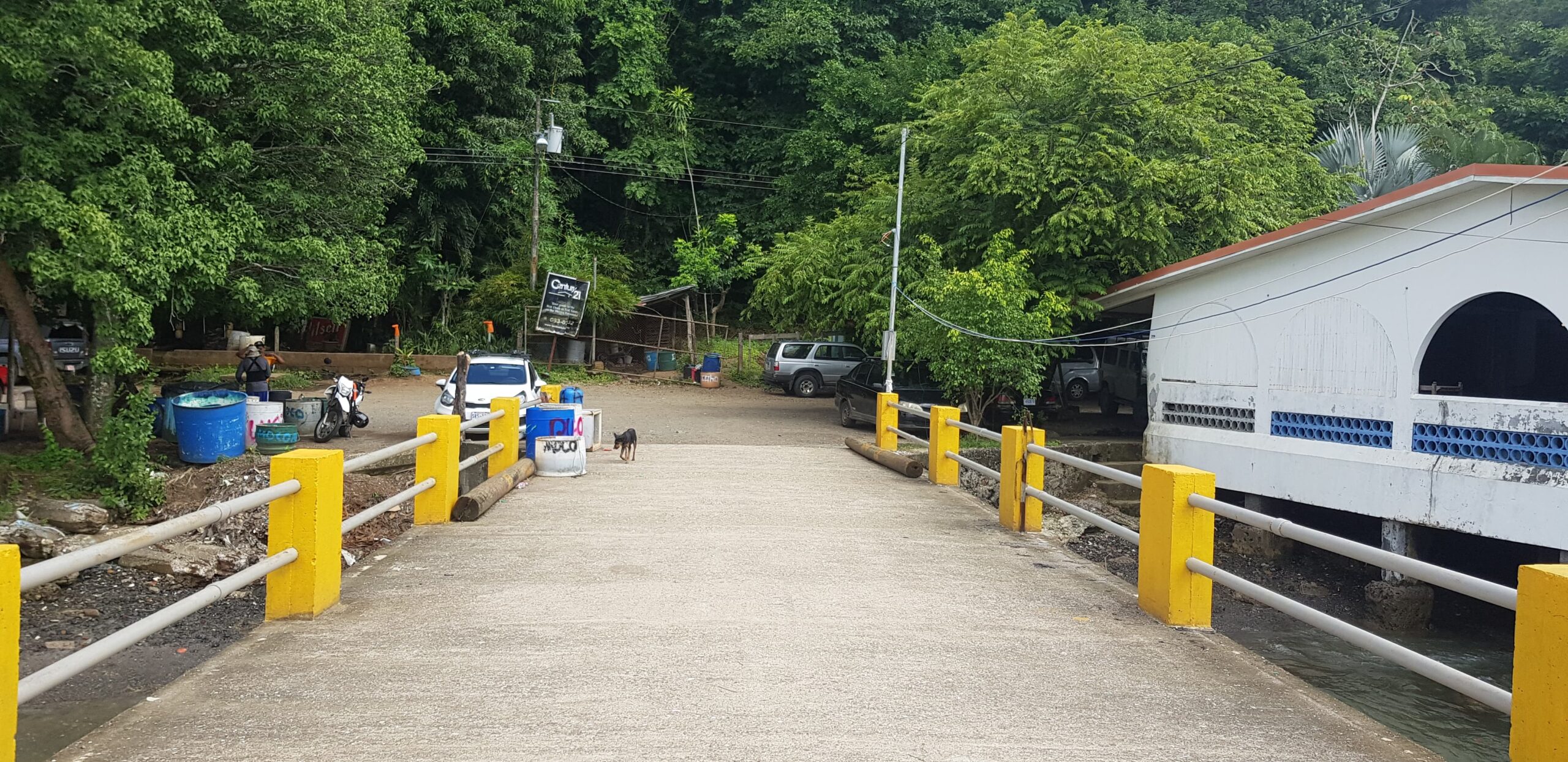

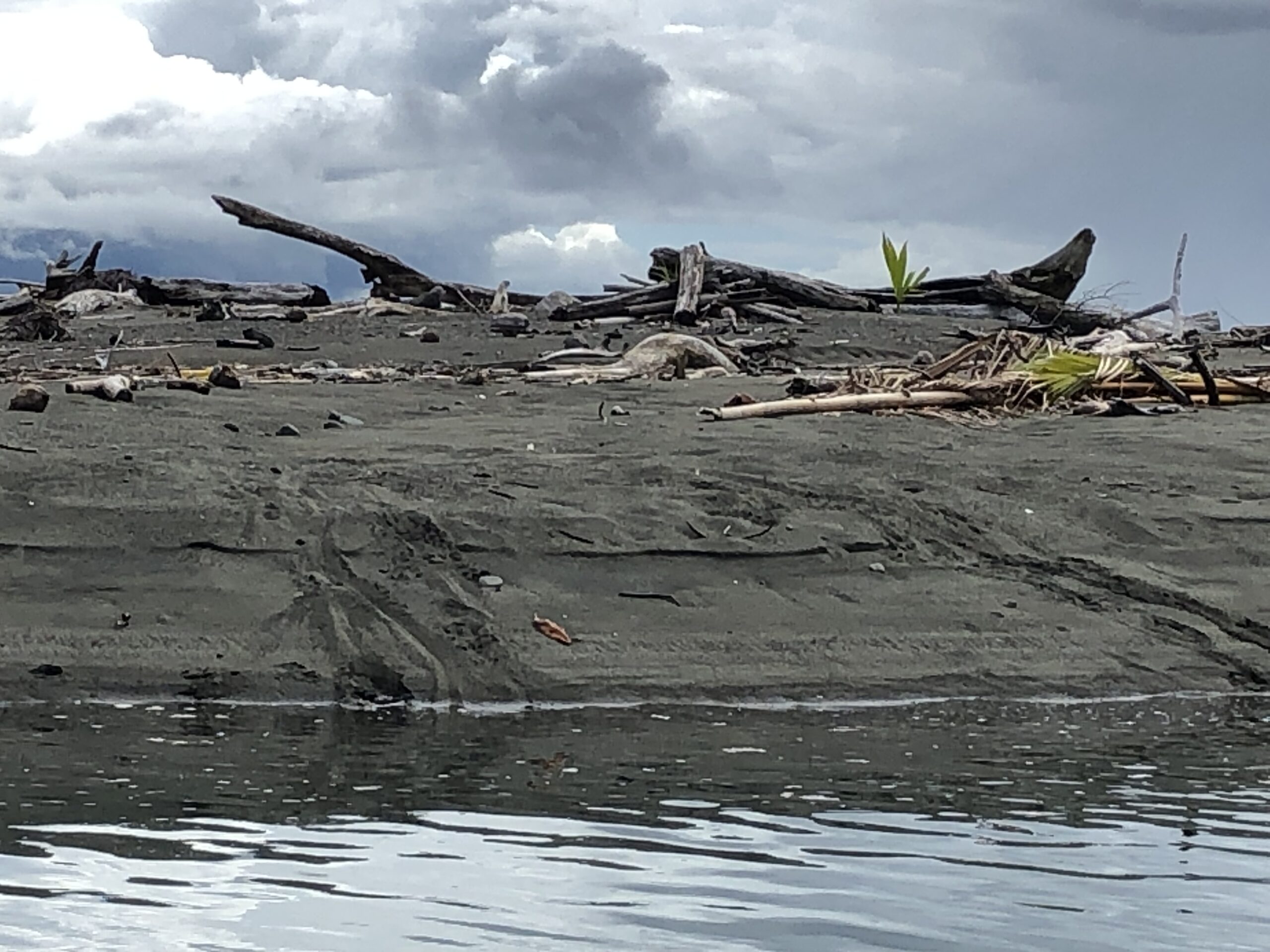
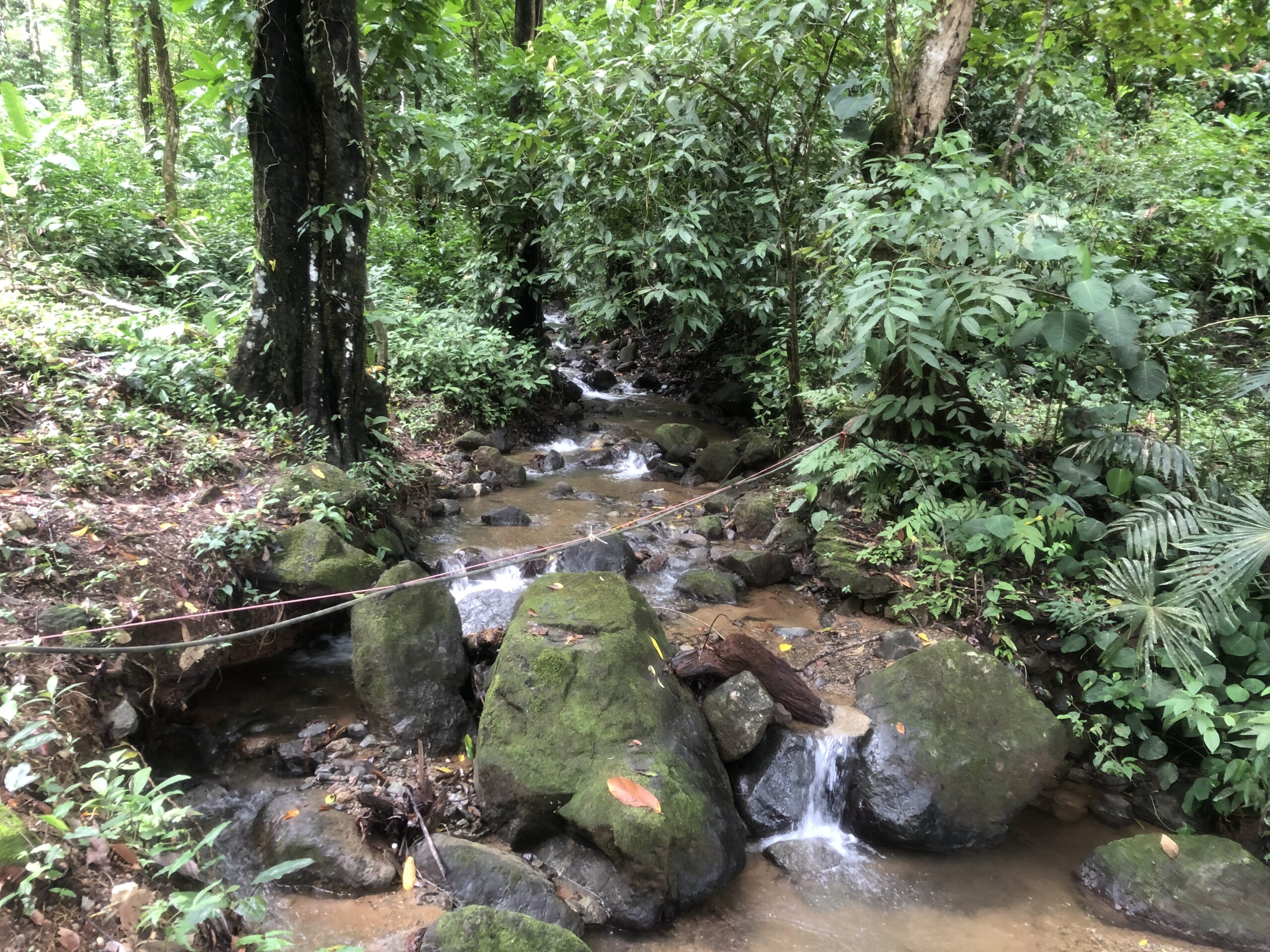
BOAT WORK
Canvas repairs, a never ending story really.
More hull cleaning, similar story.
Companionway hatch leak fix. VIP in the torrential rain.
Toilet valve clean and fix, a good idea.
Replaced cable ties in D shackles
Oven clean!
Stove top repair
Removal and replacement of silicon in fridge / bench, reparation to watertight state.
Genoa furler inspection – it was good timing to put Magnus up mast while we had 2 young strong crew aboard! Magnus said he felt like he was in an elevator and hoped he would stop in time when it was Johan’s turn on the winch! This speedy ascent was quite a contrast from the usual scenic and steady (read “slow”) pace he usually dawdles up at, when only my chicken arms are on duty!
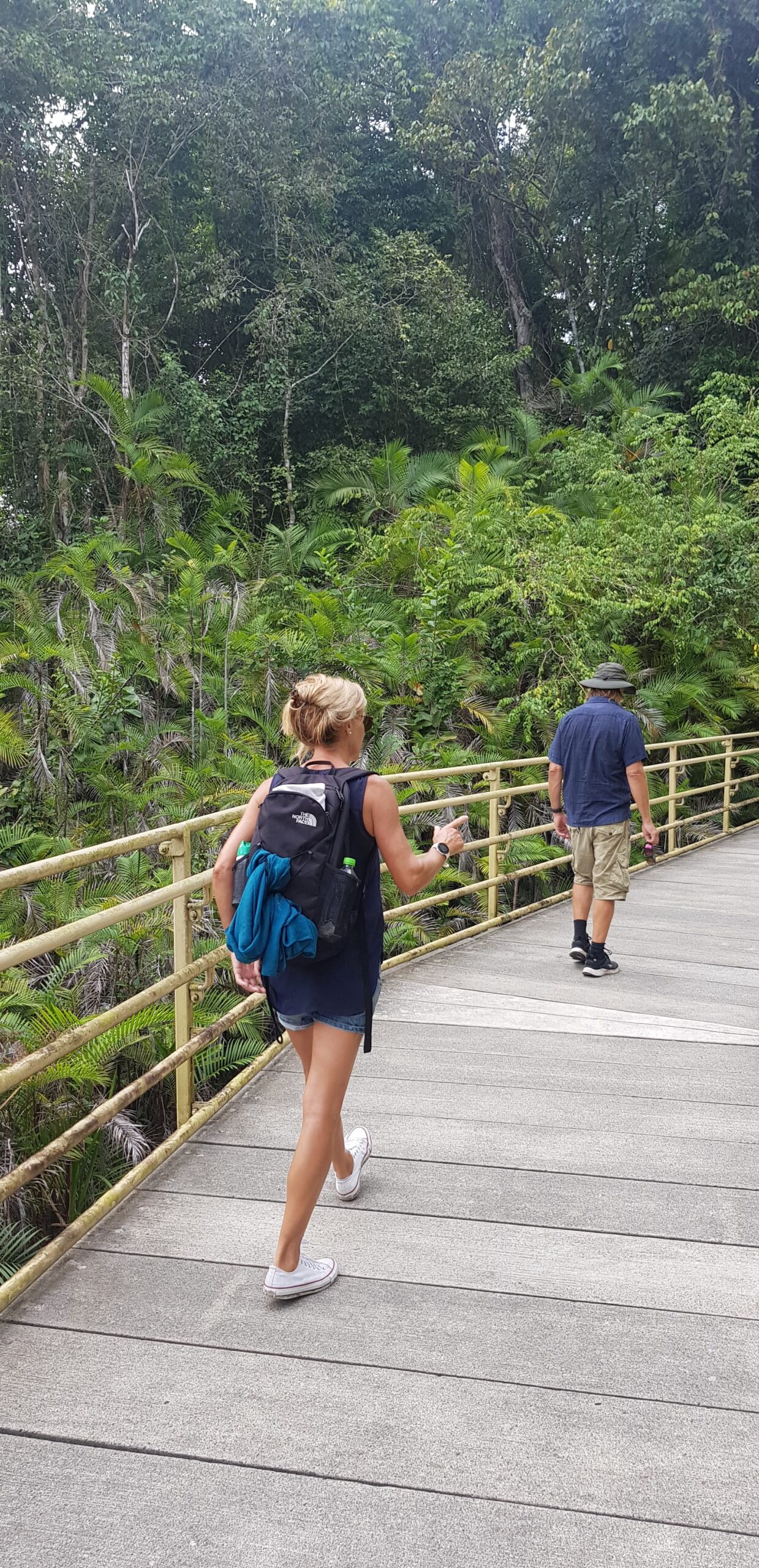


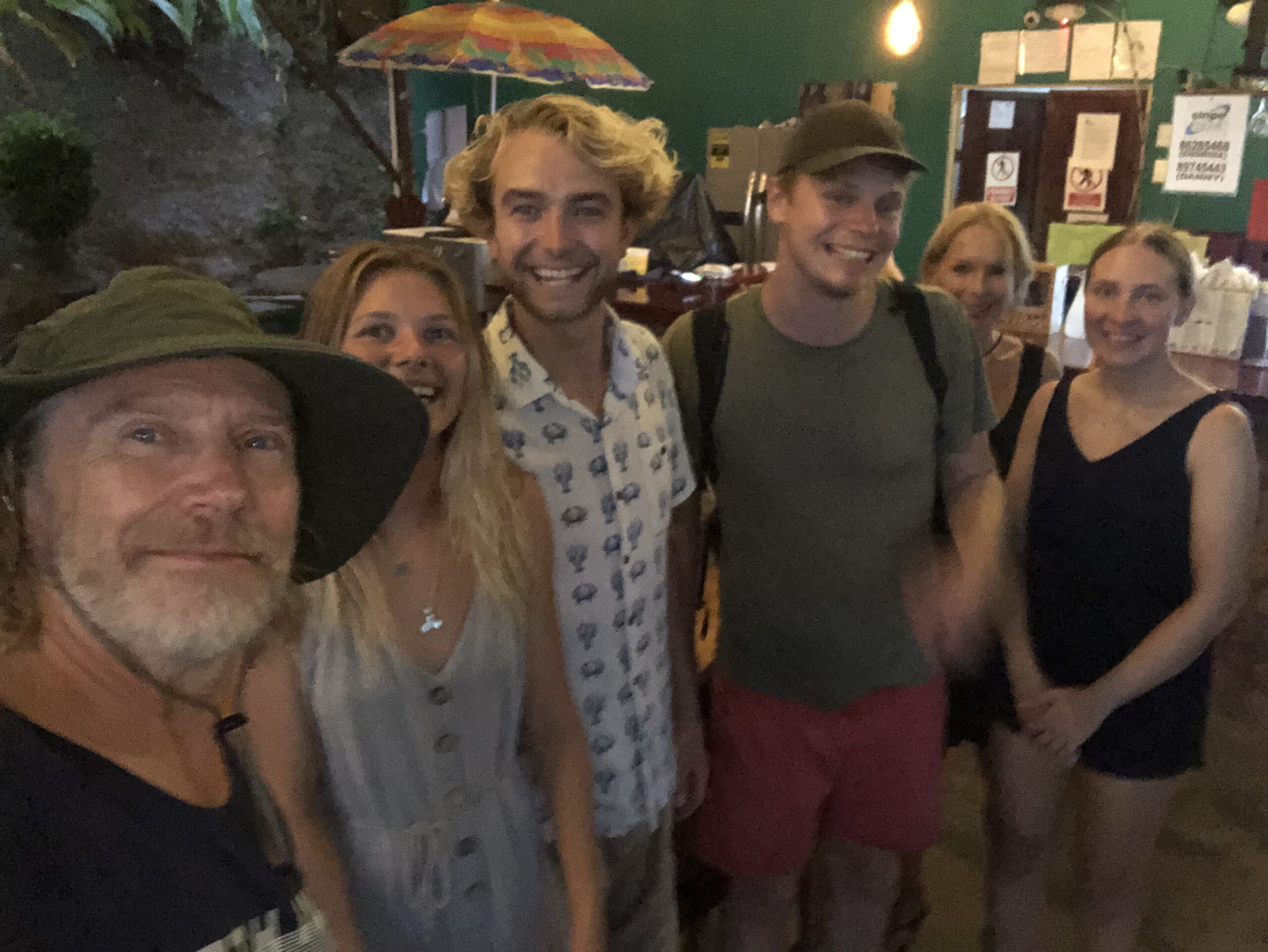
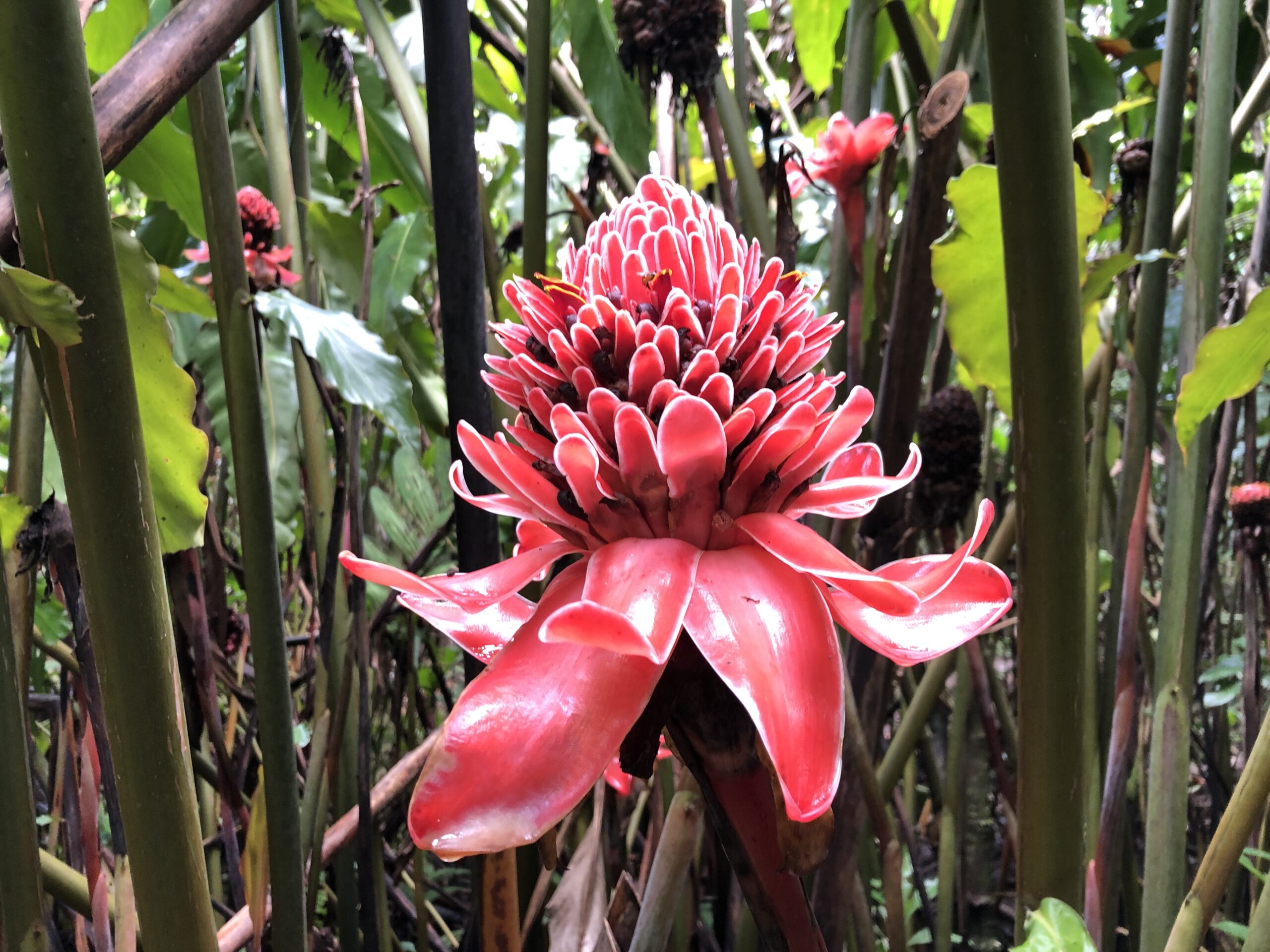
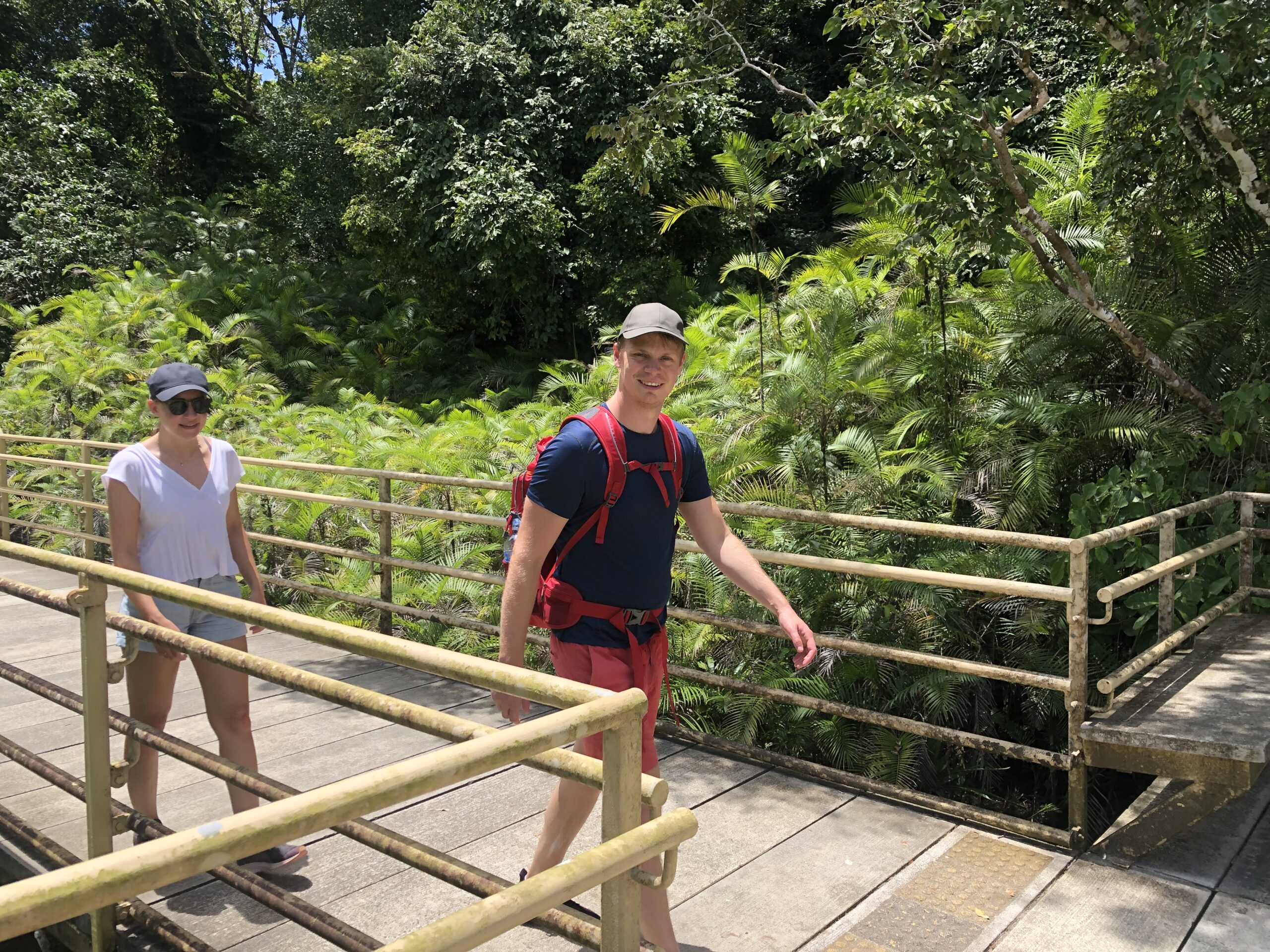
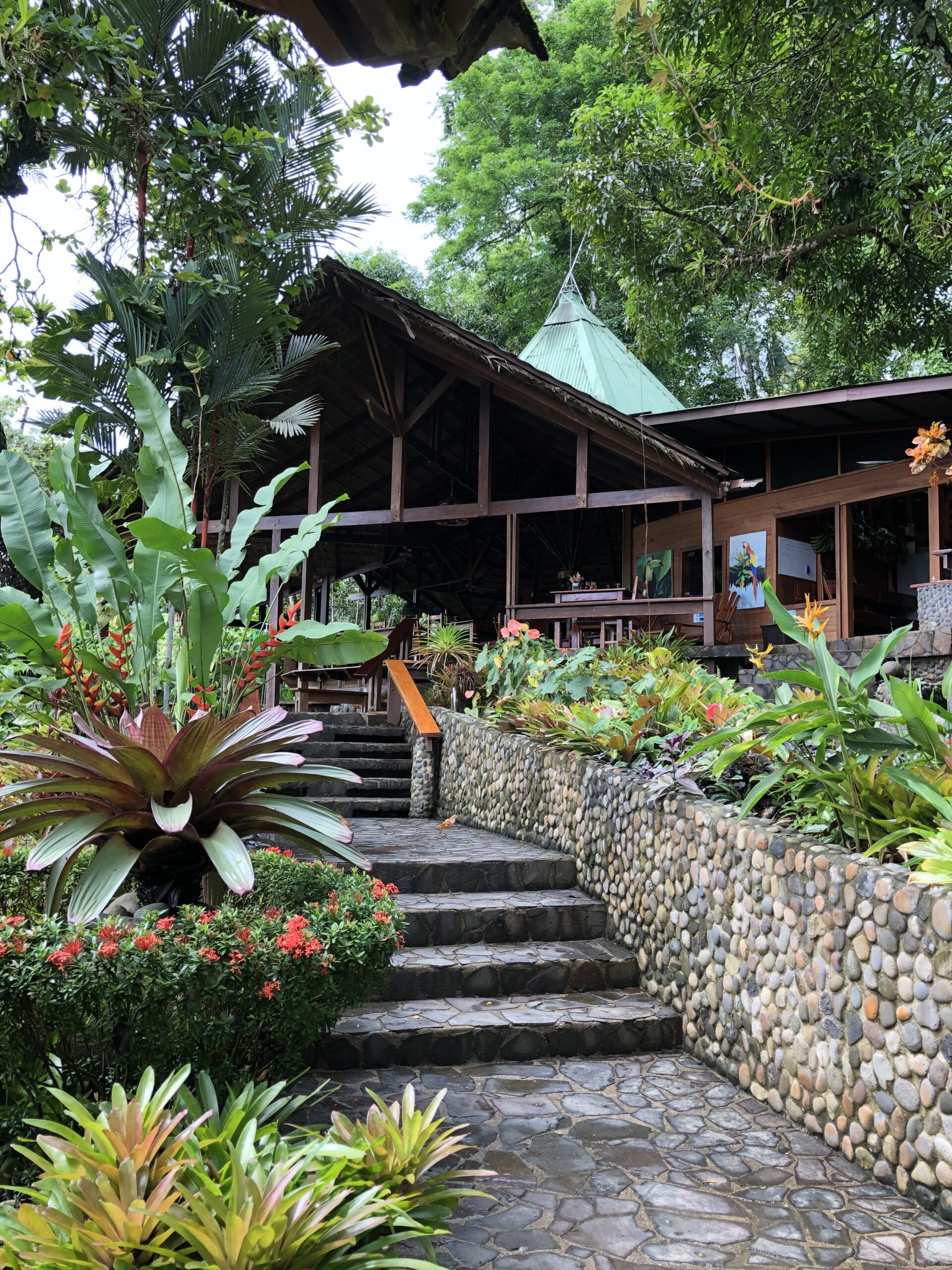

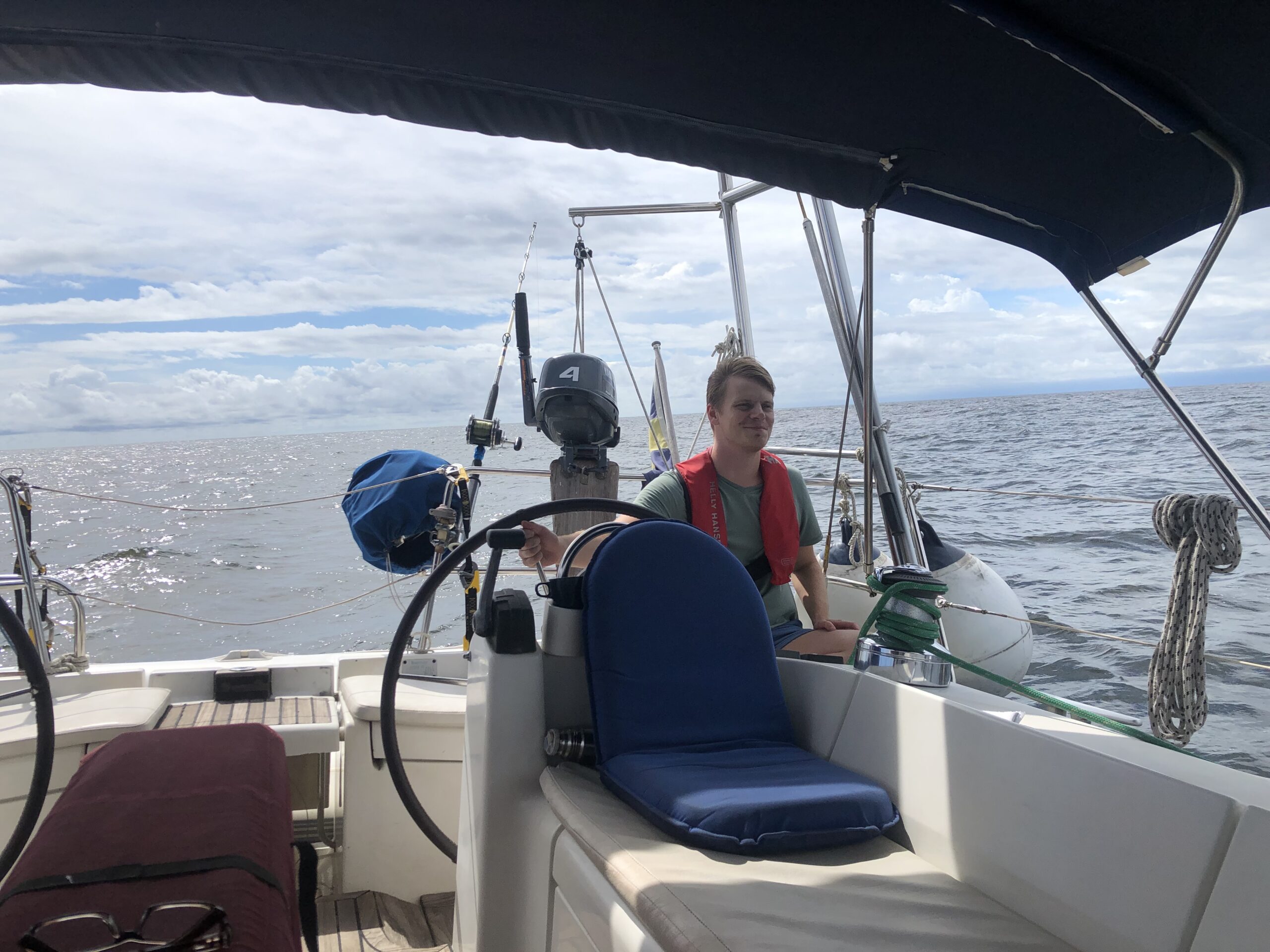

Next steps… a Pacific crossing all being well! Currently the boat is stored in Panama, and there has been a new baby born in Australia. Baby Beau is a brother to Nate, and will soon be our youngest crew member I hope!
